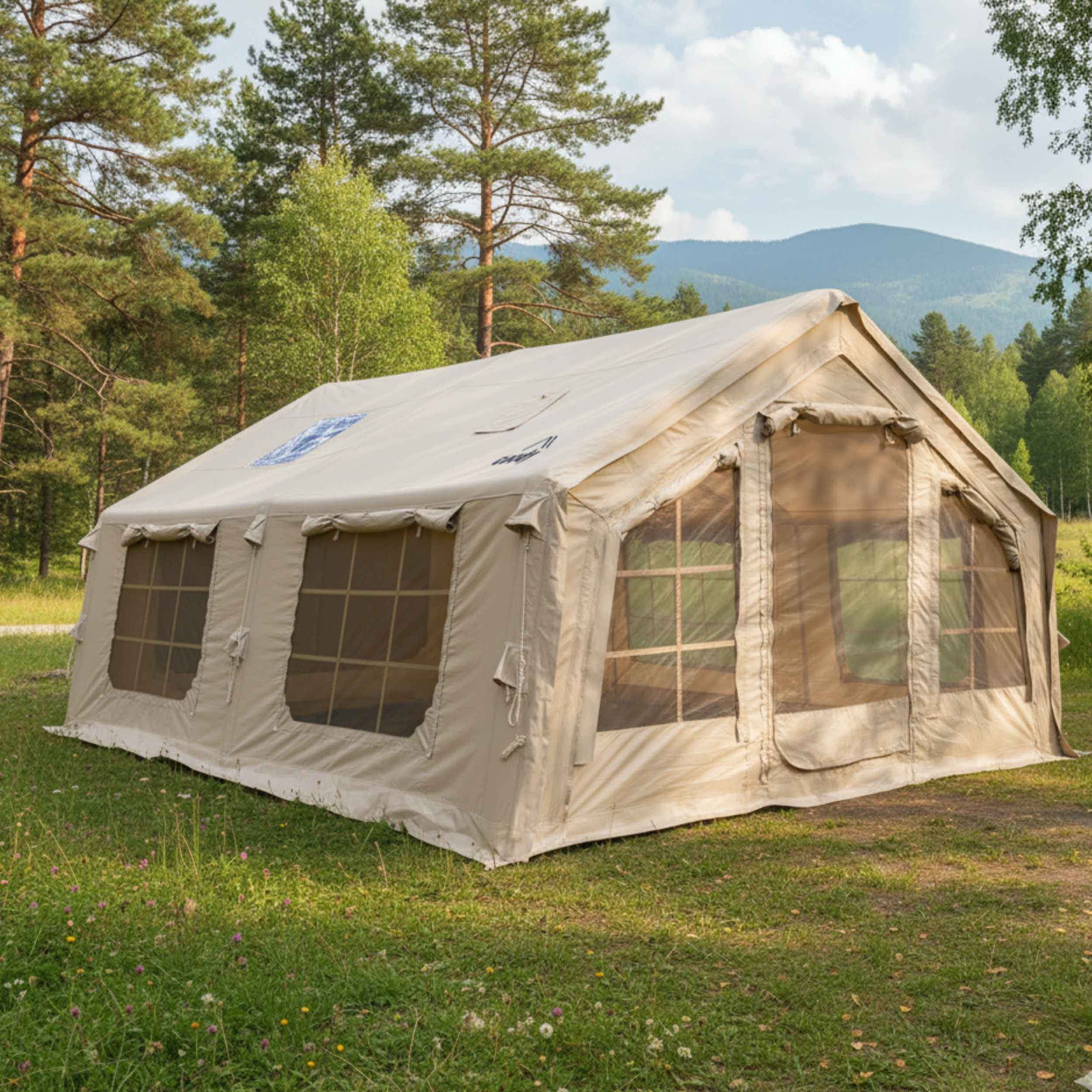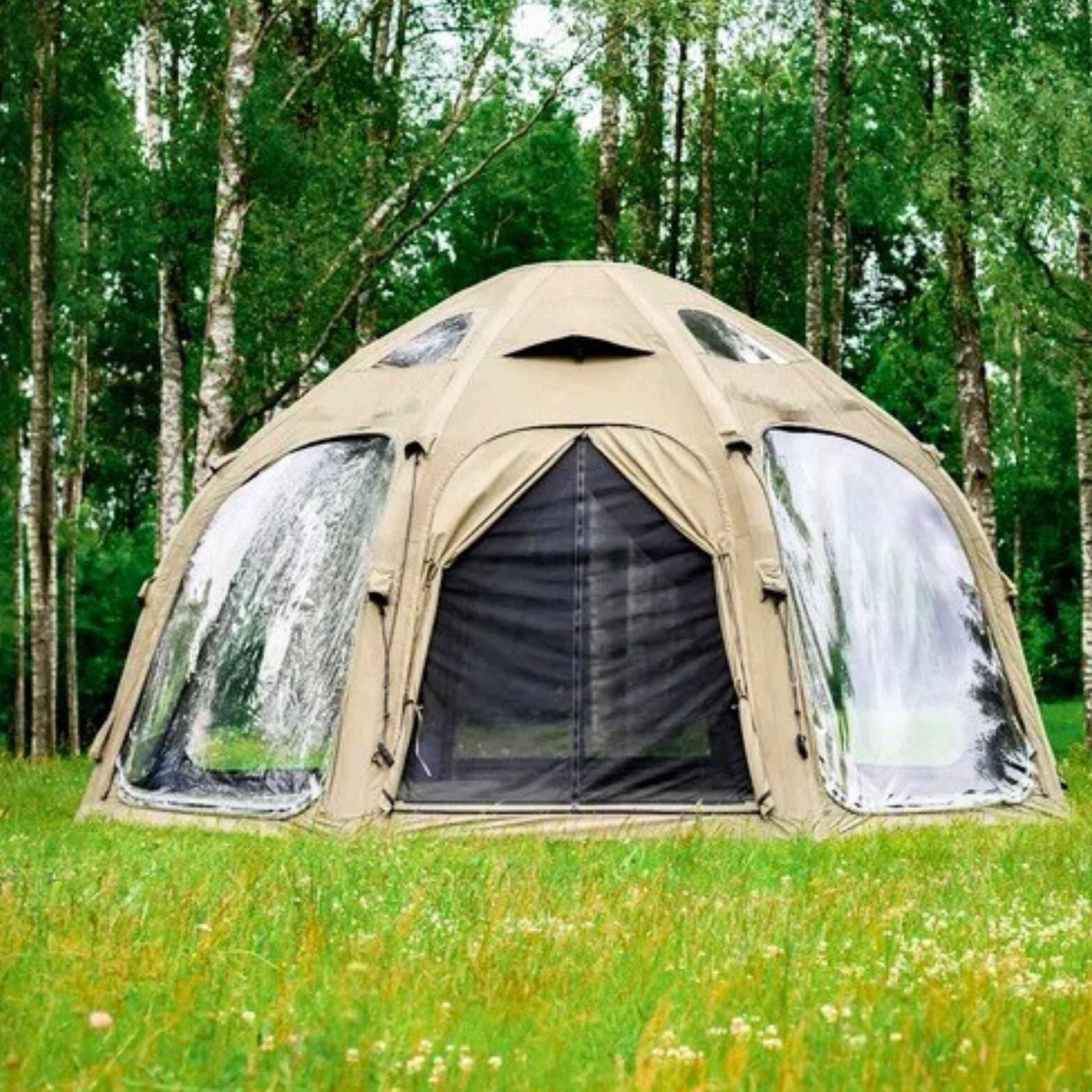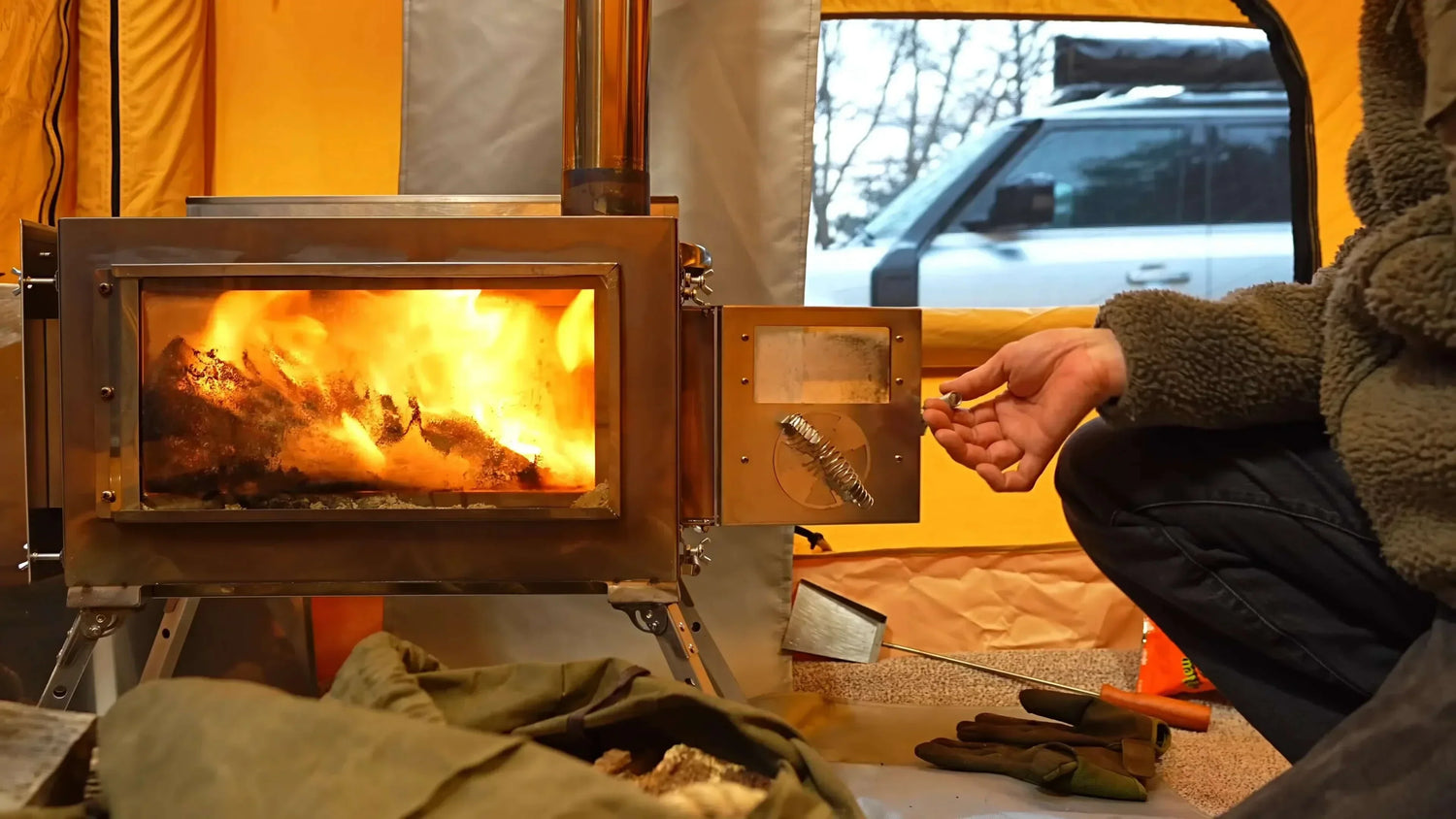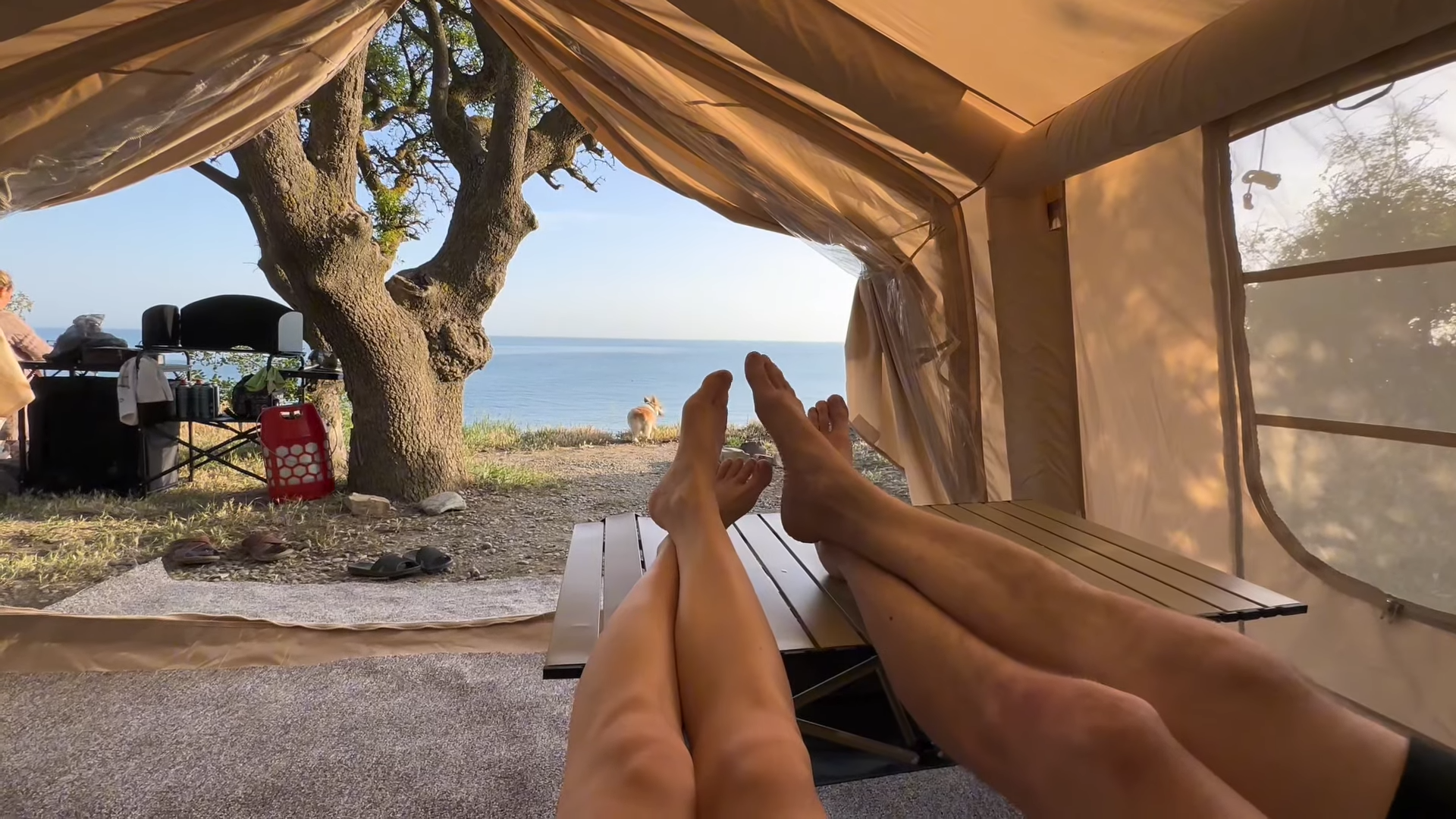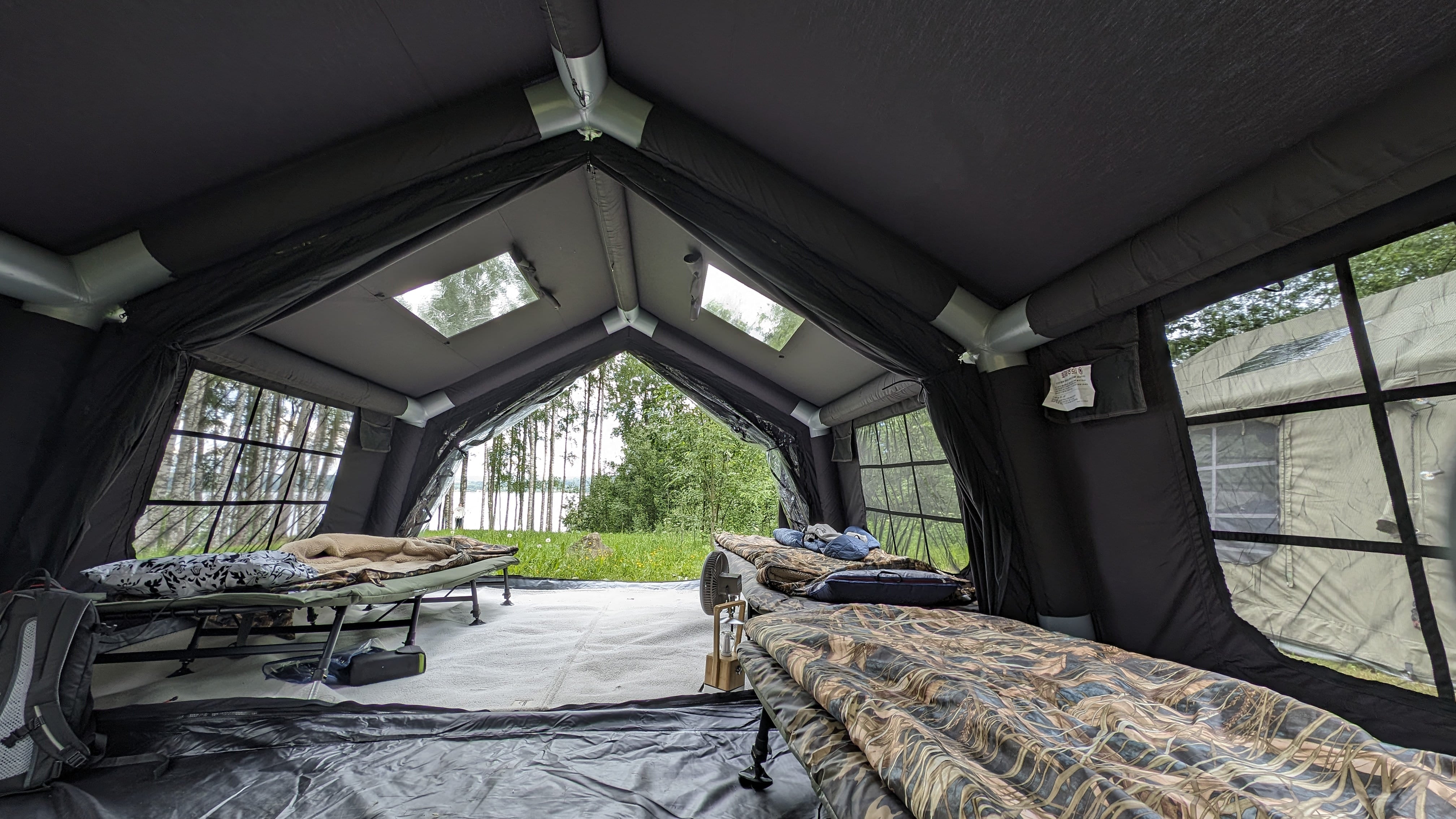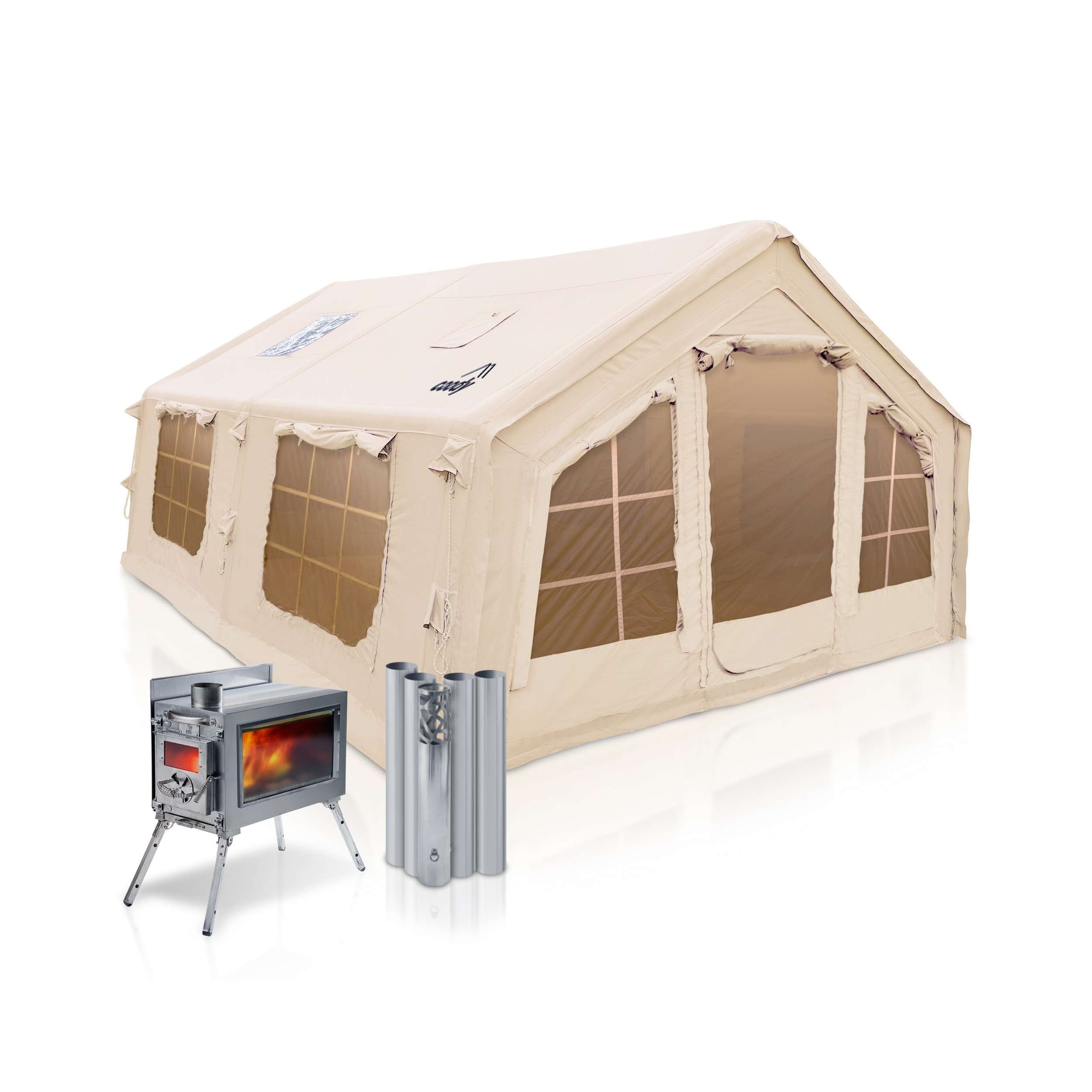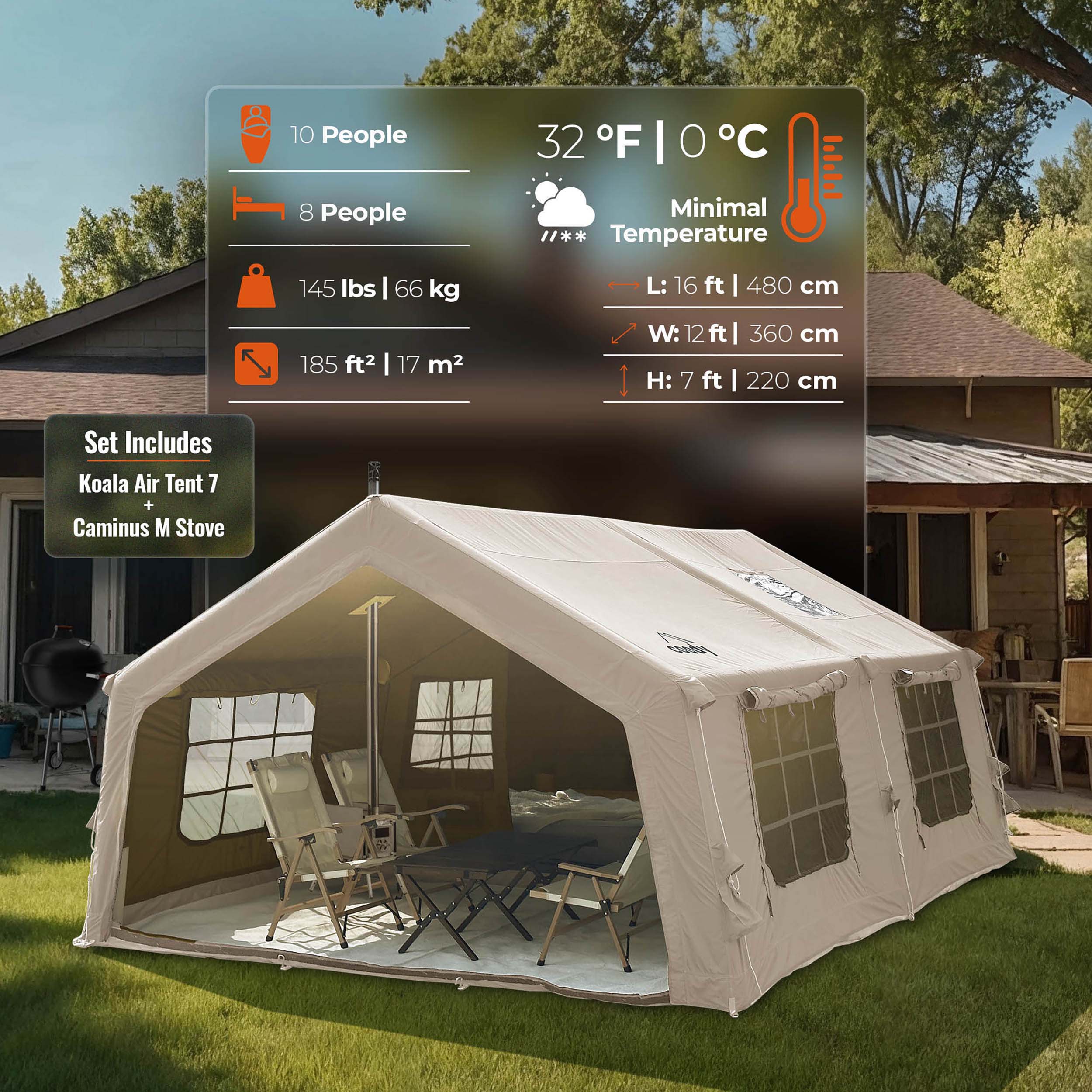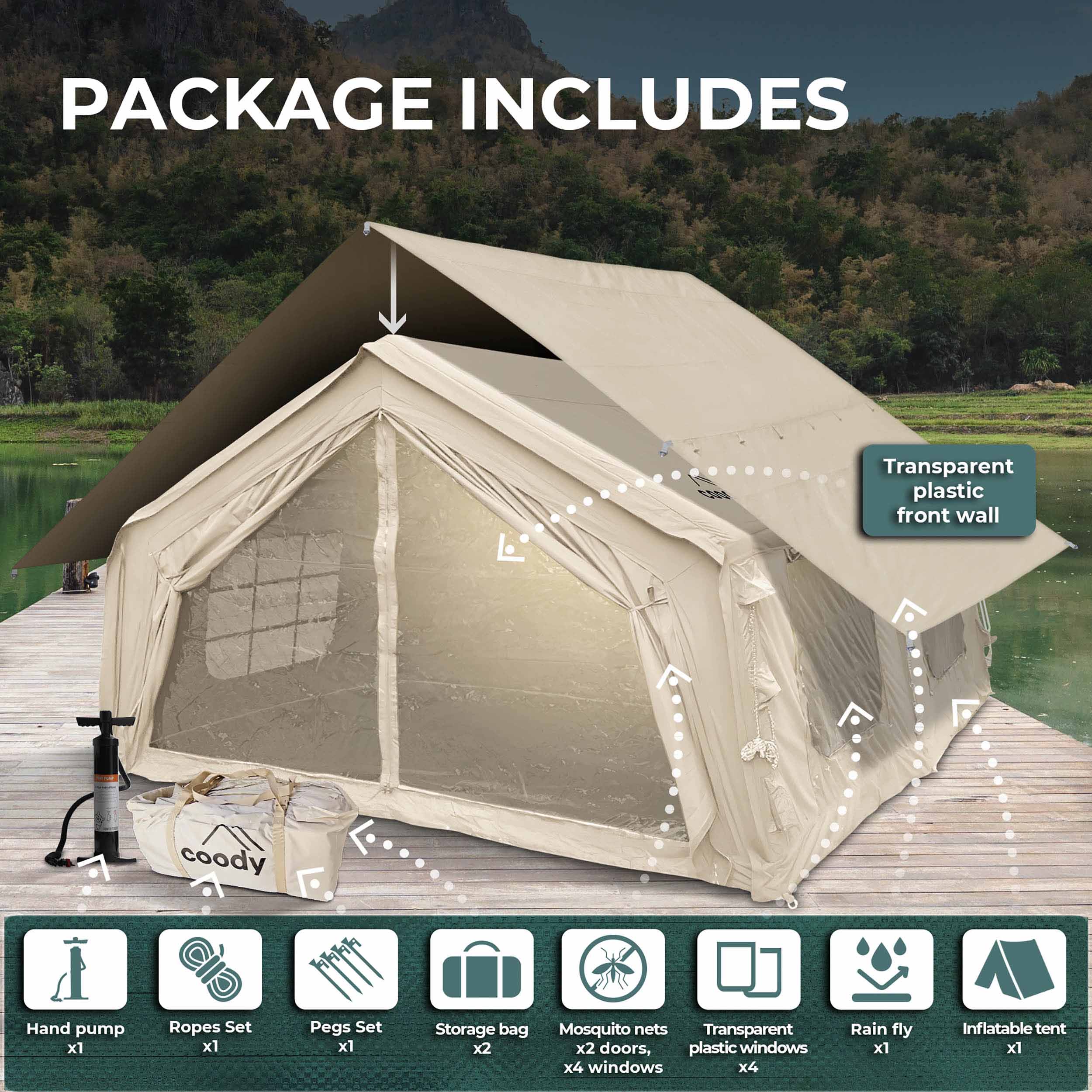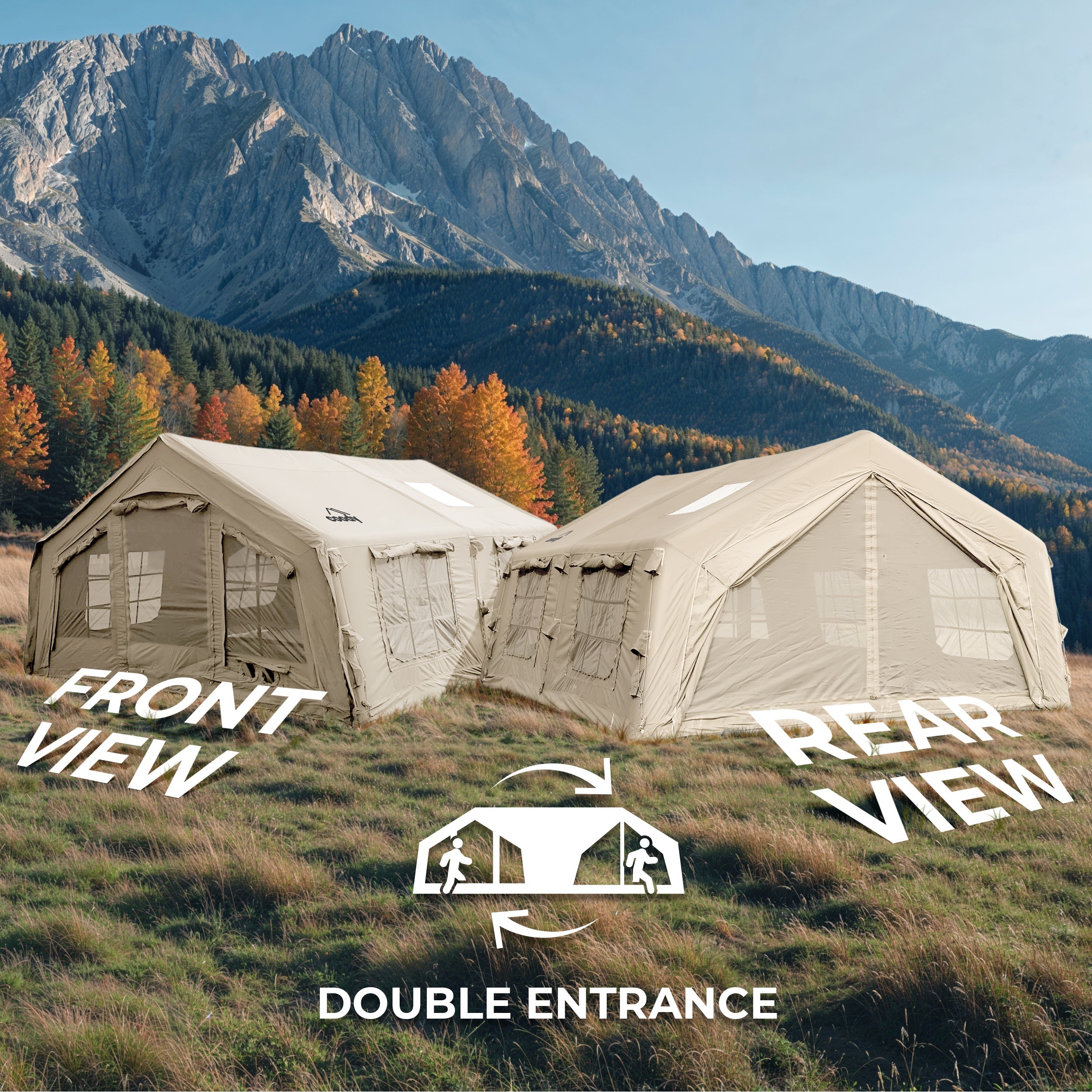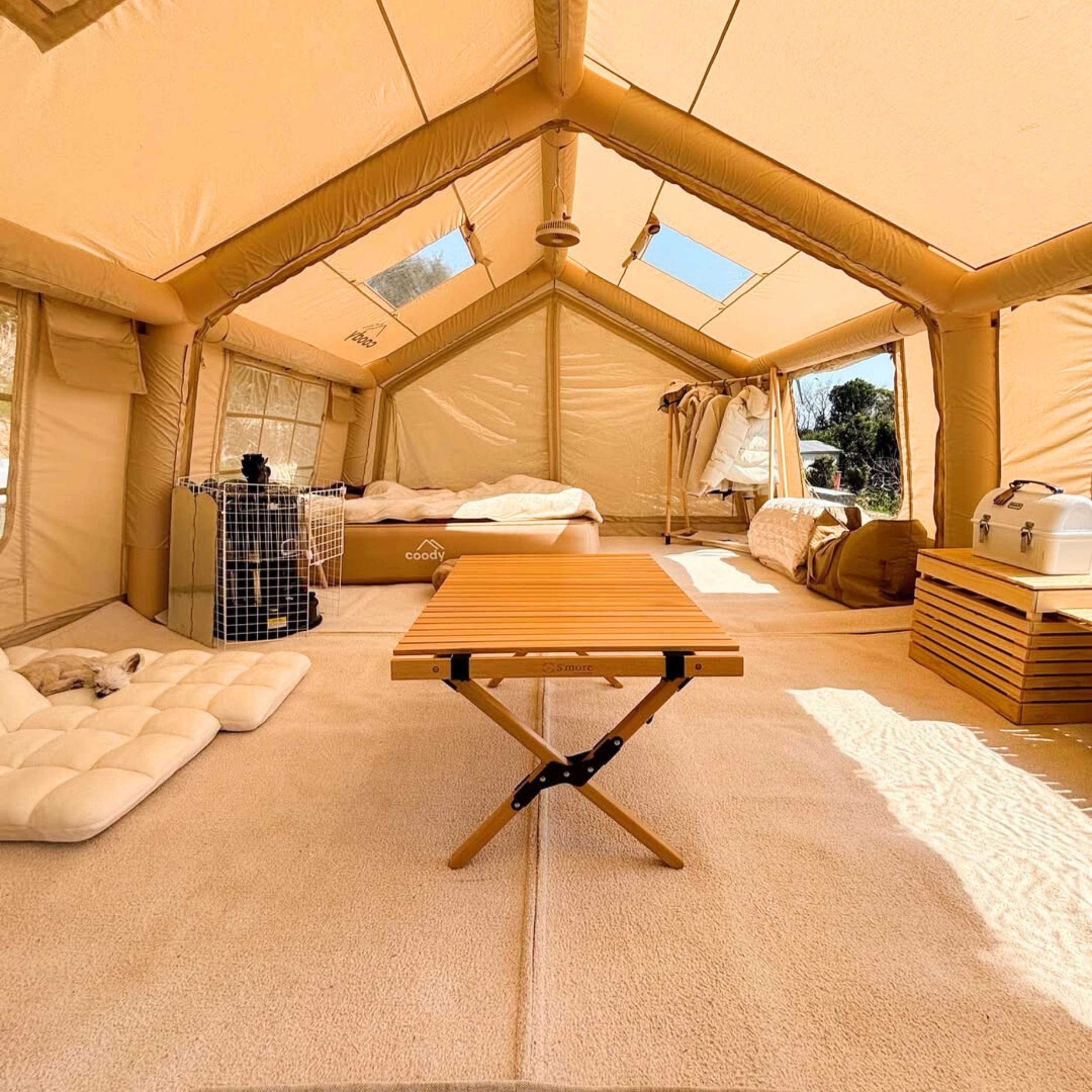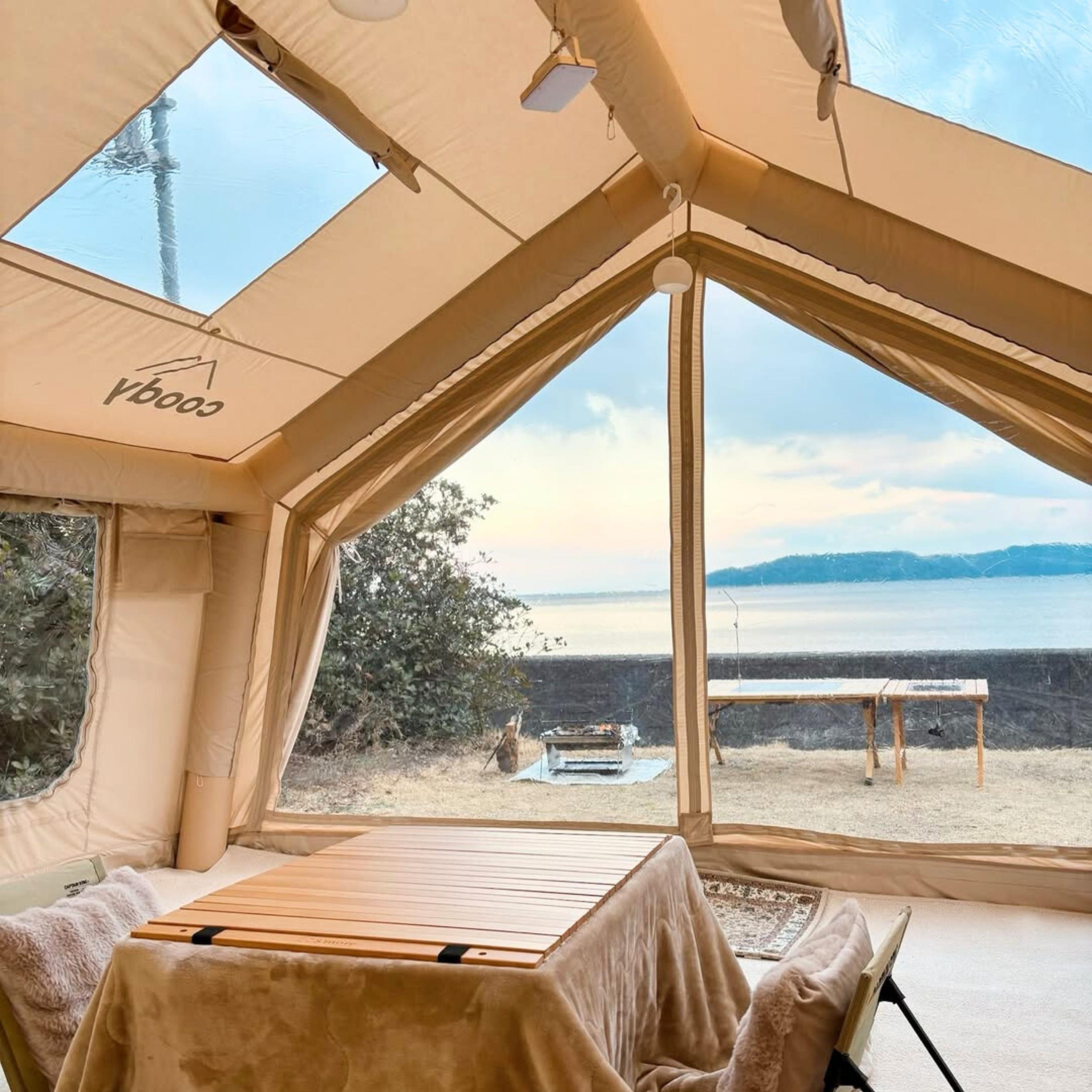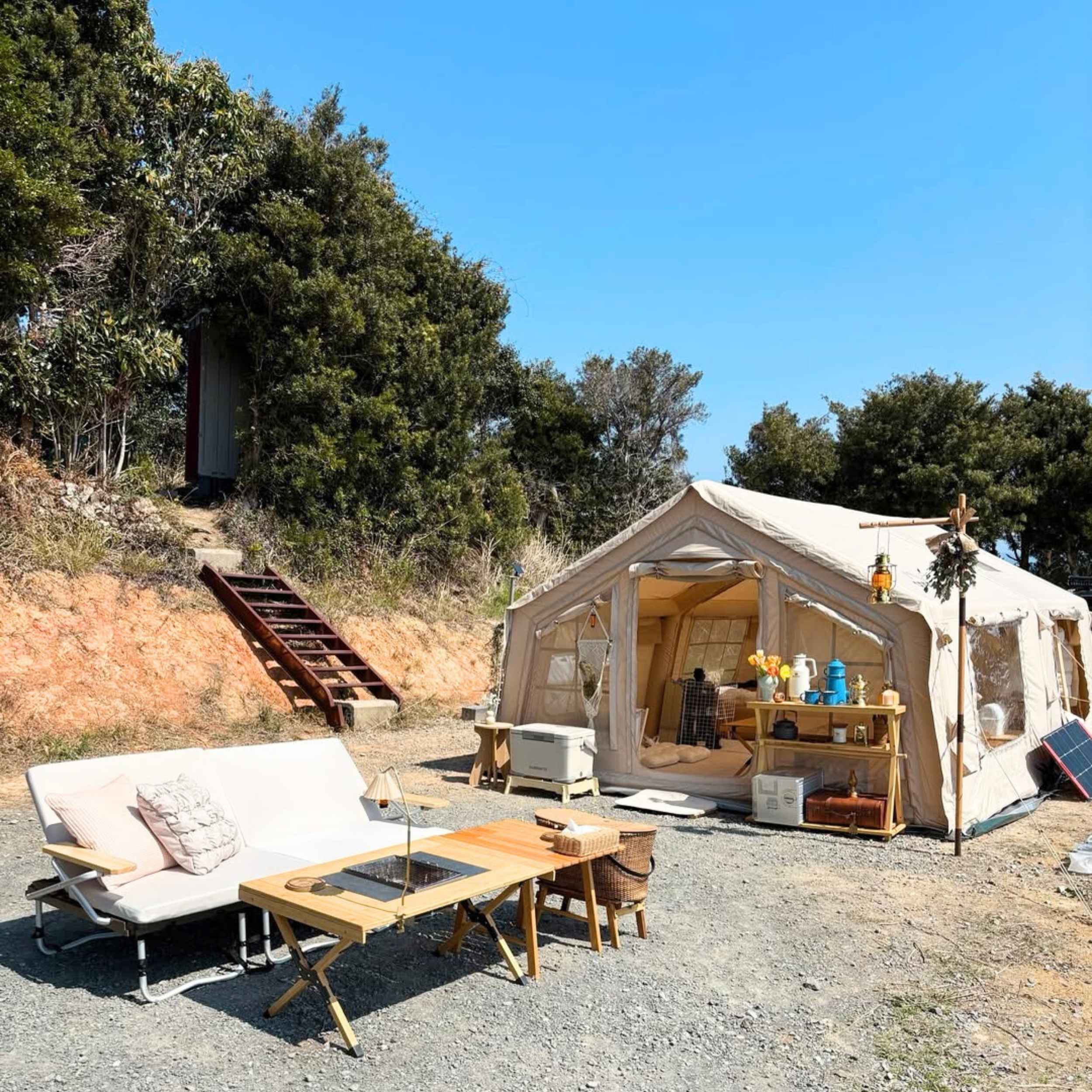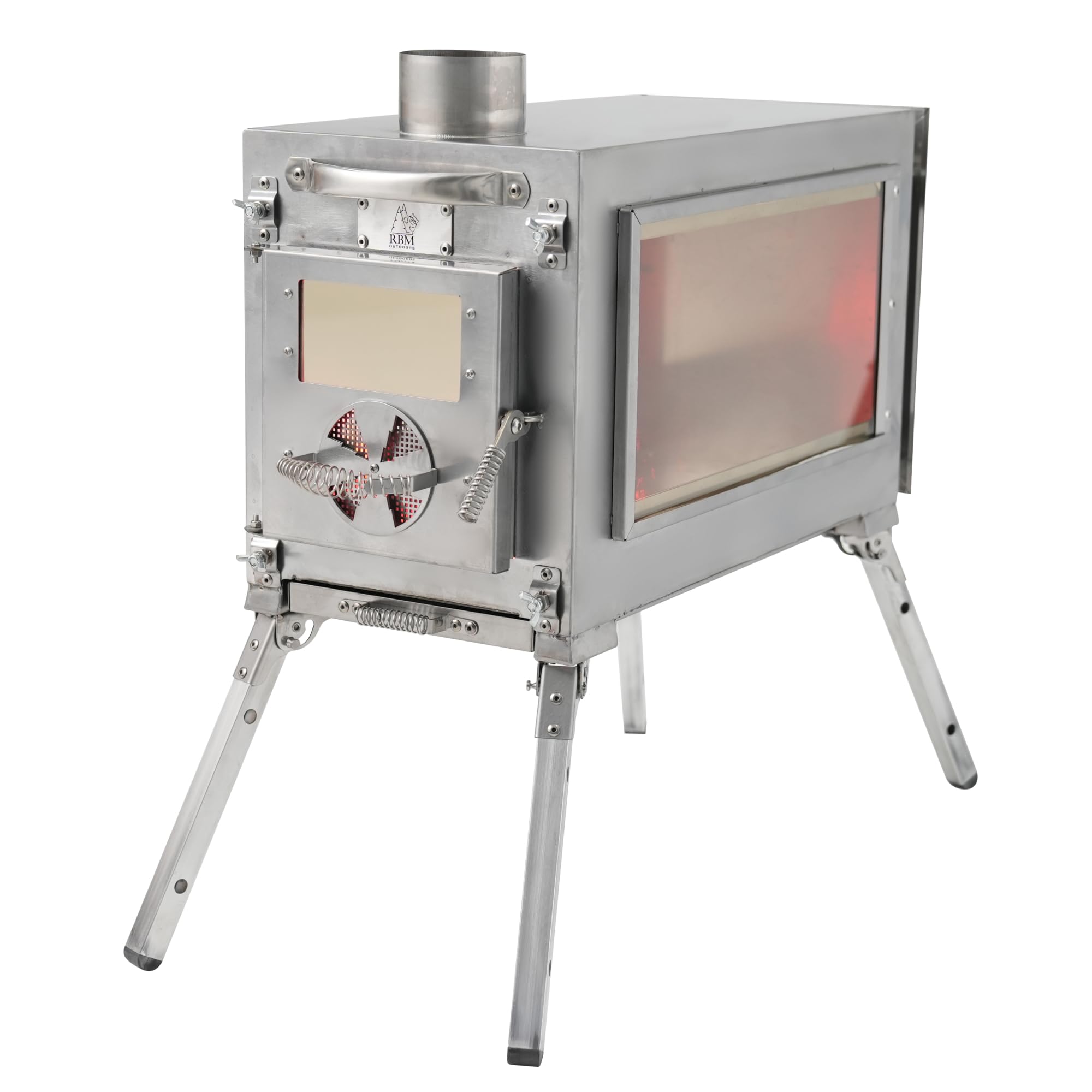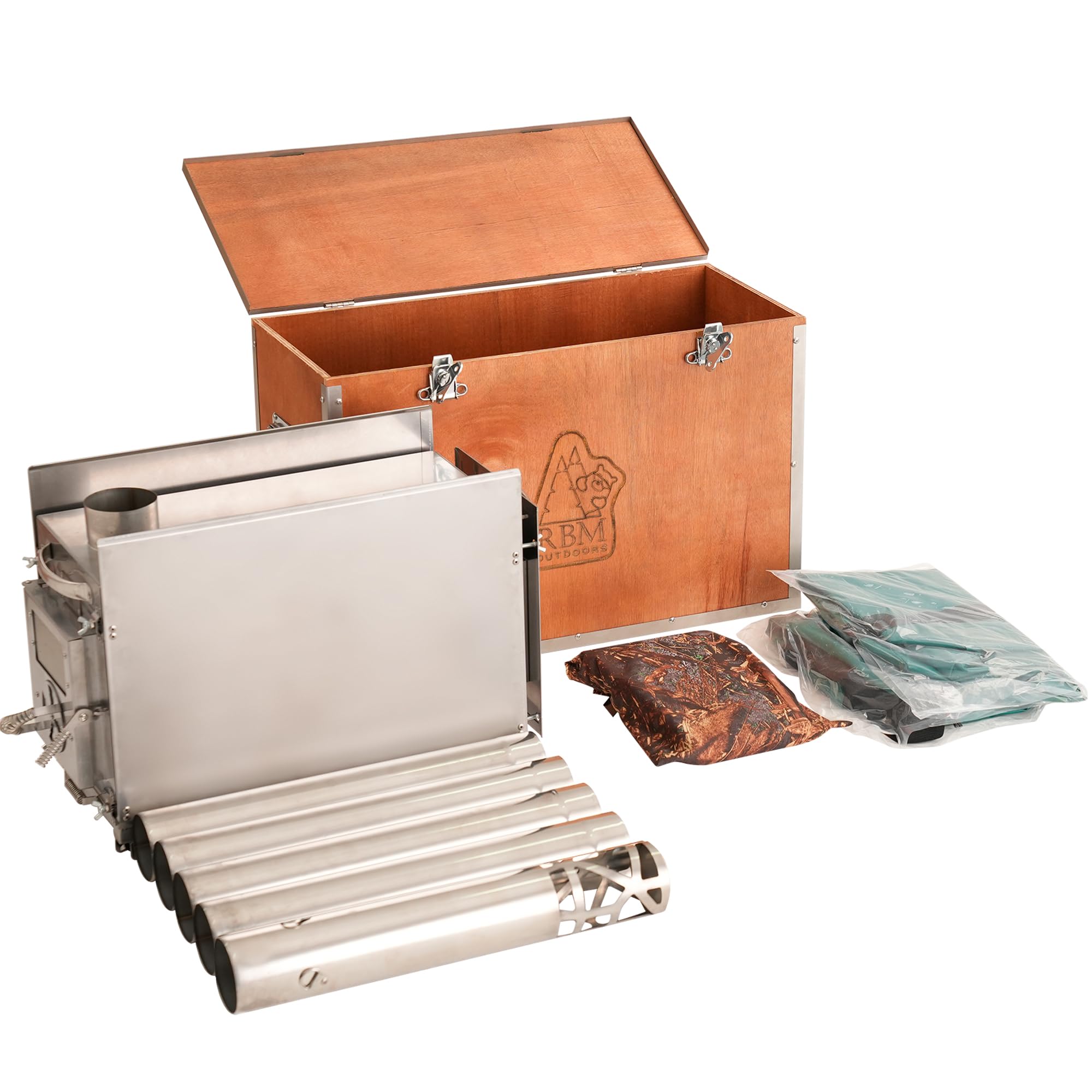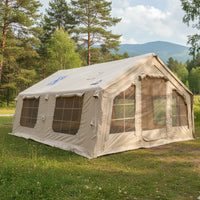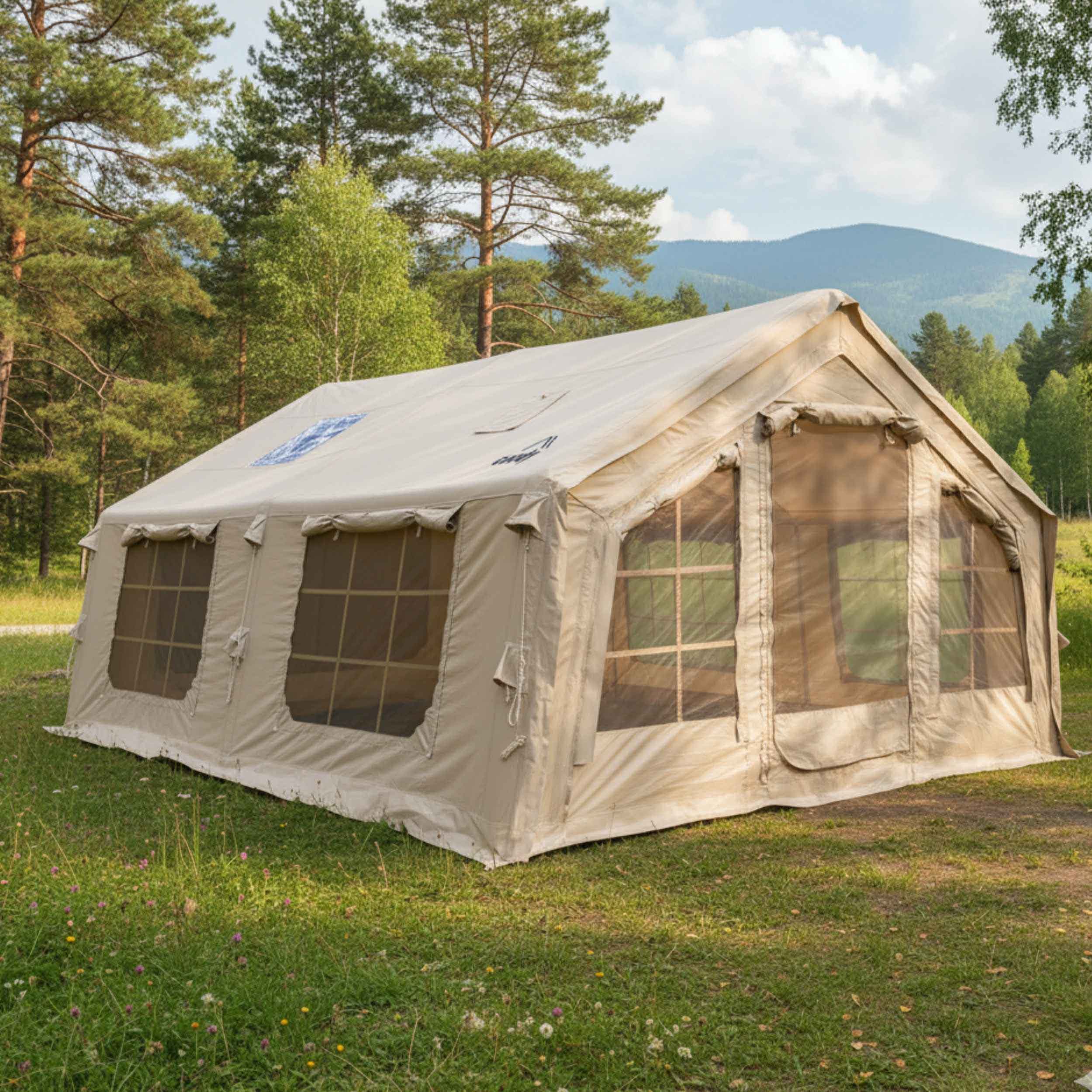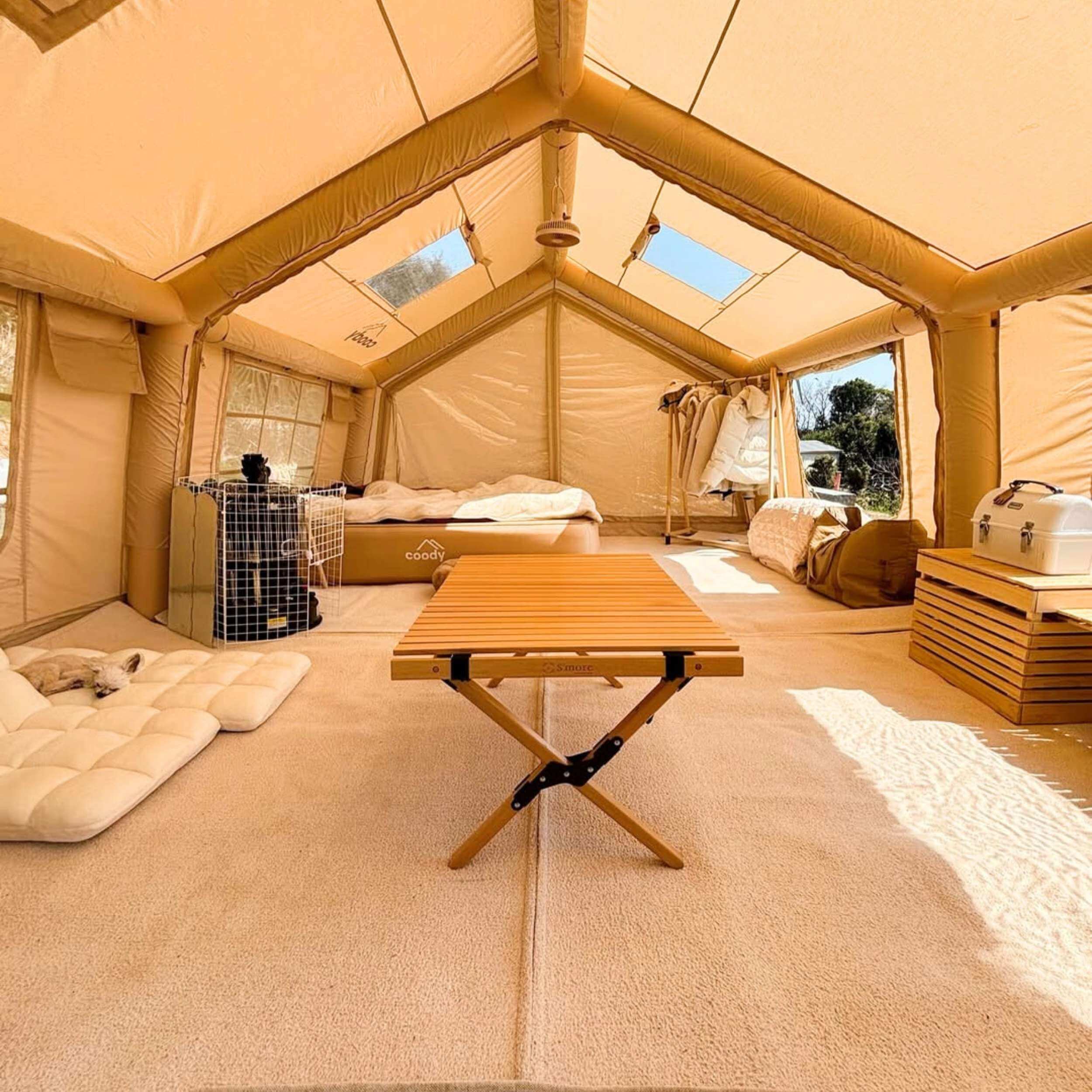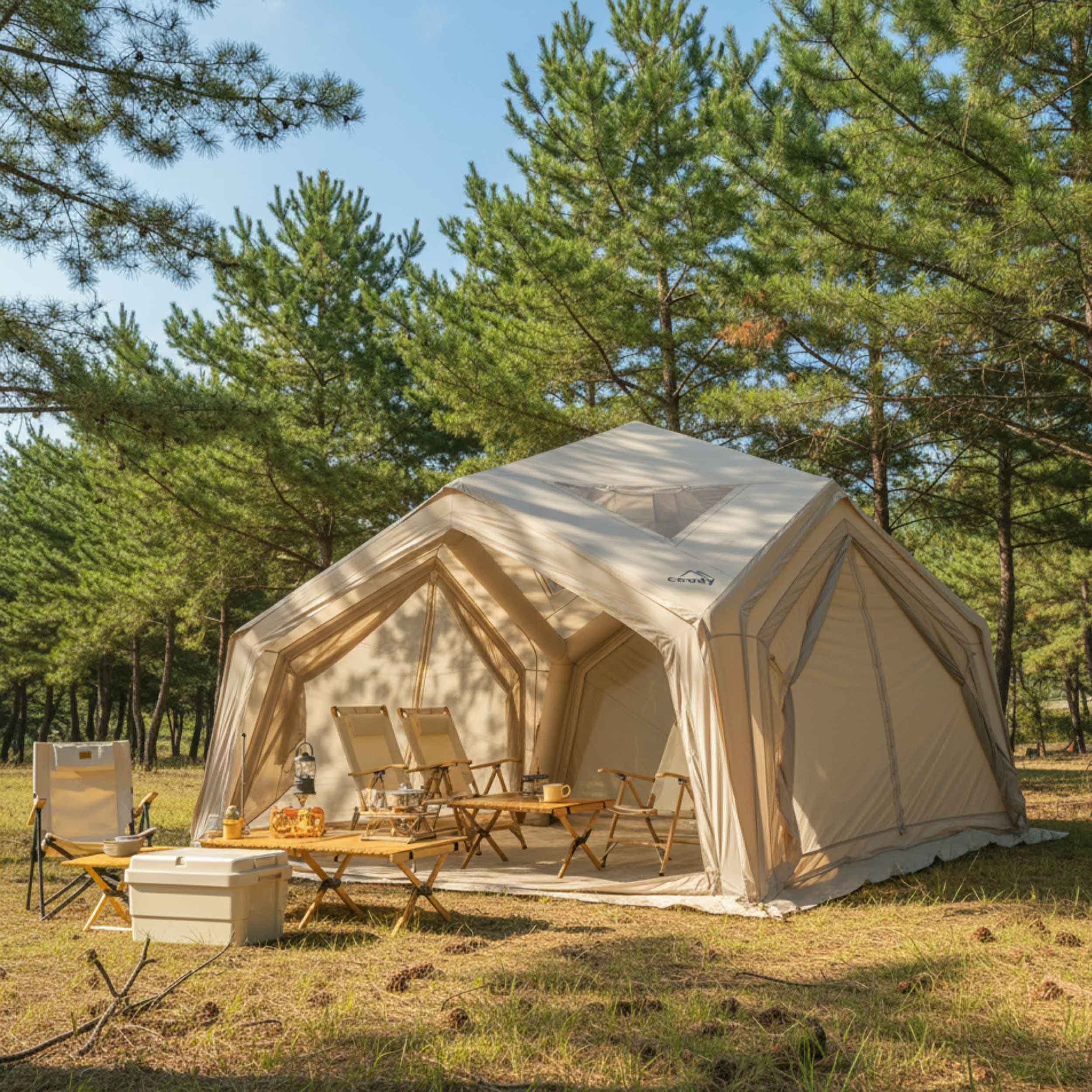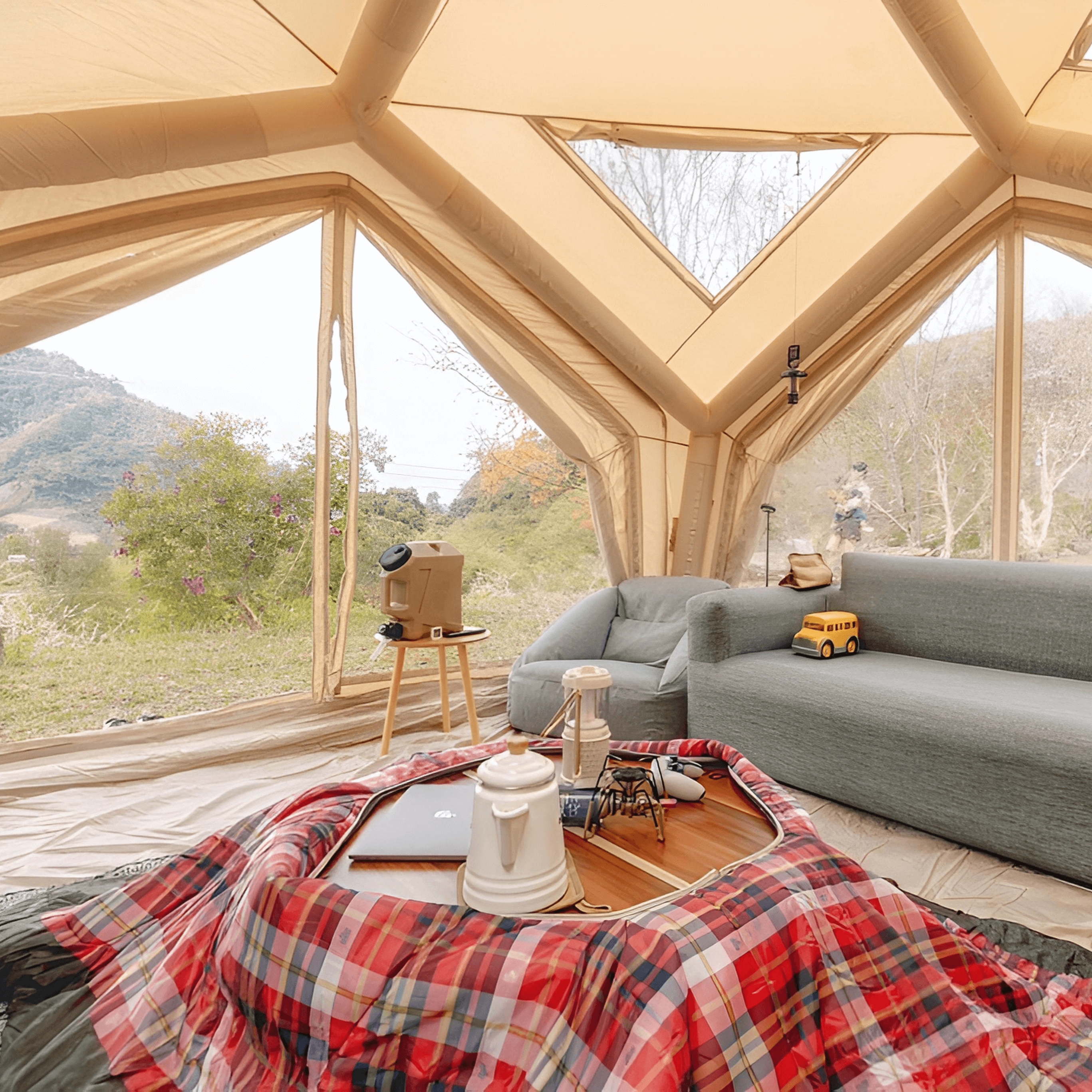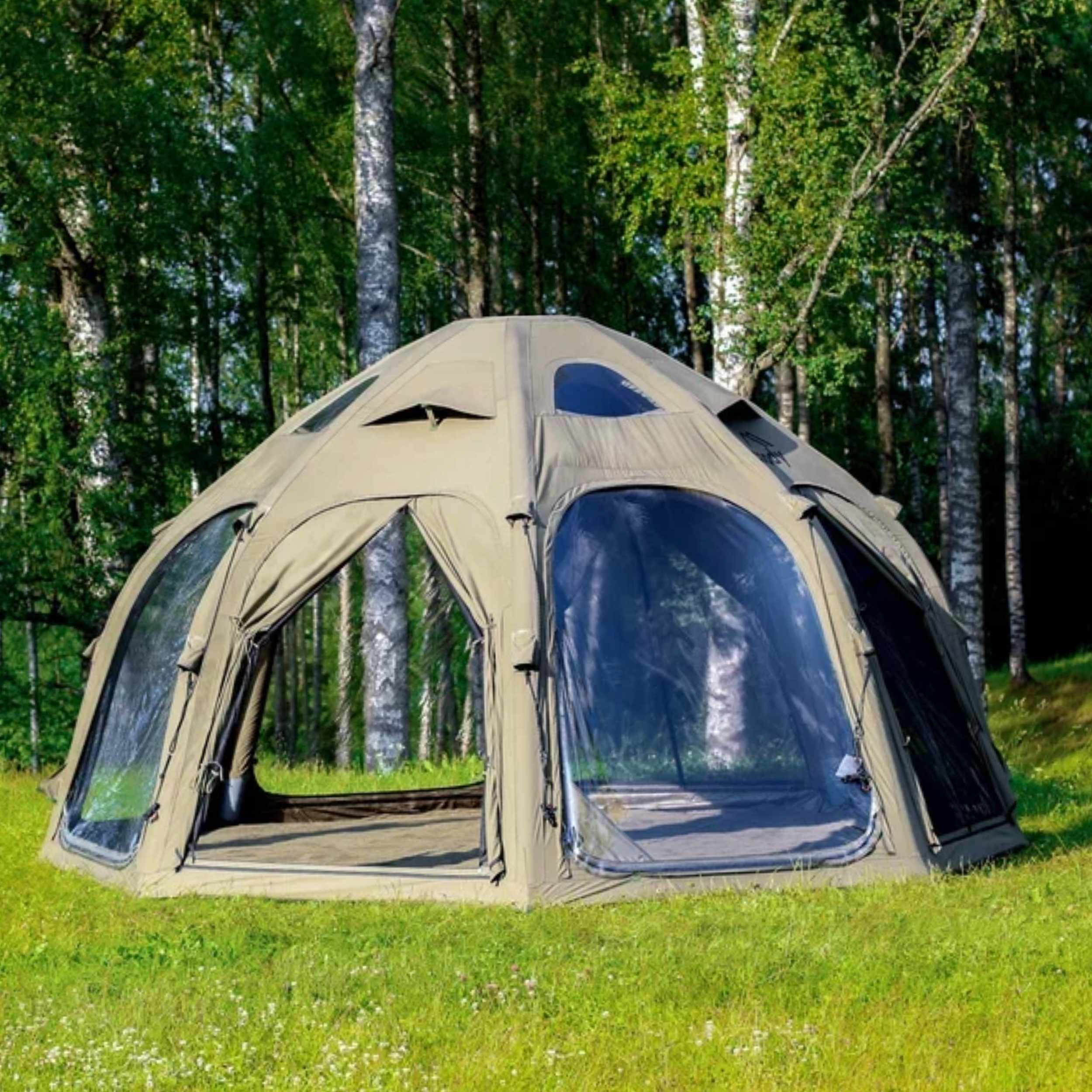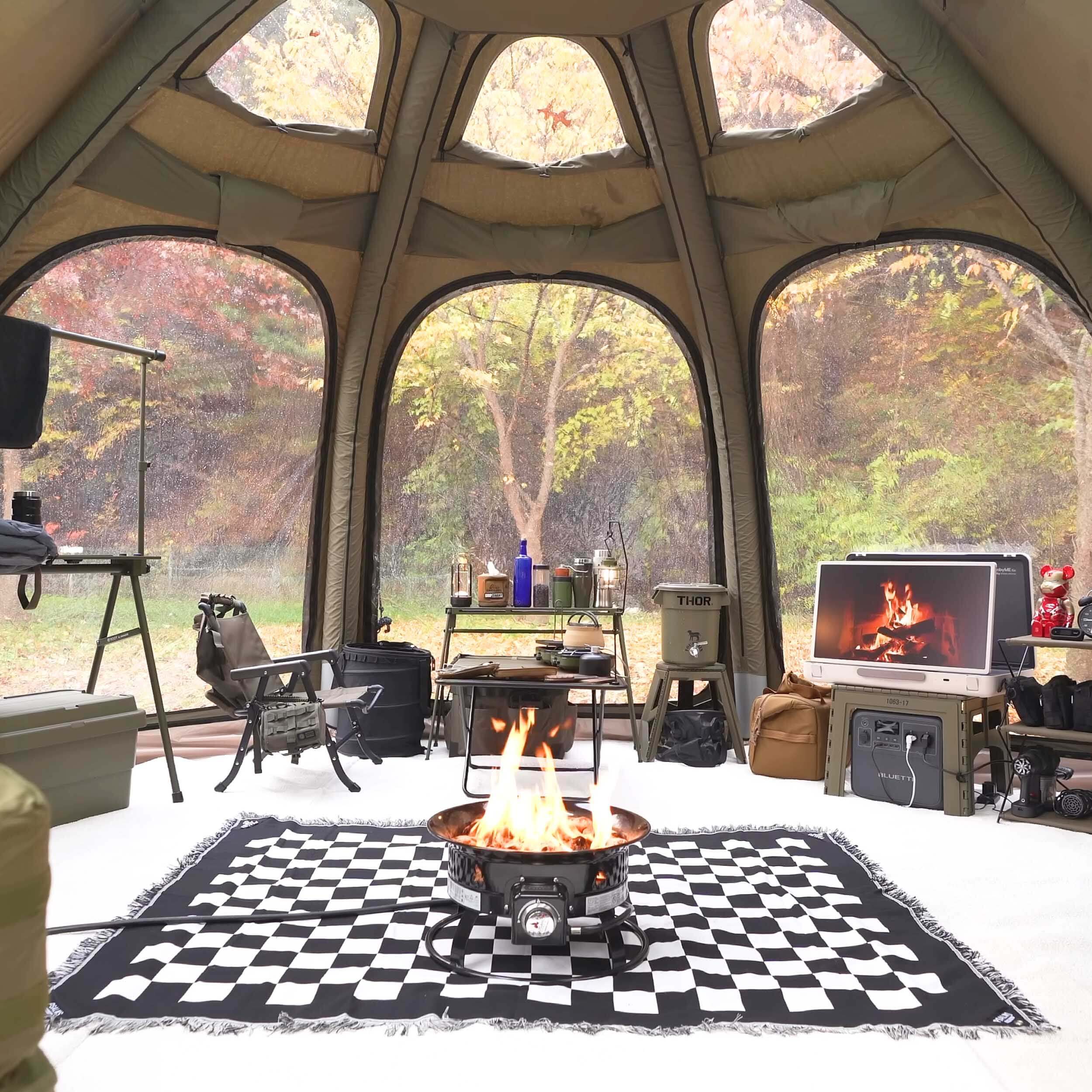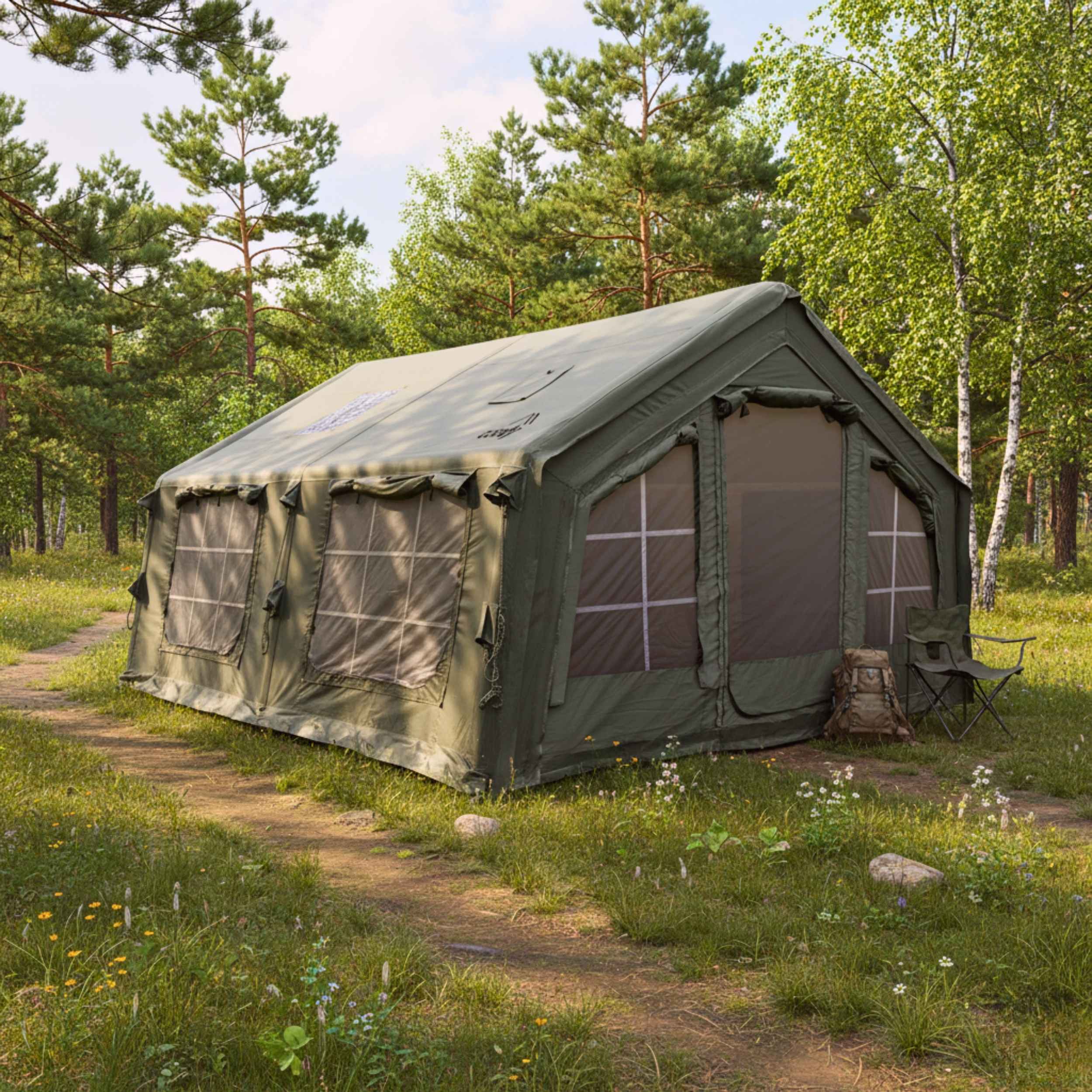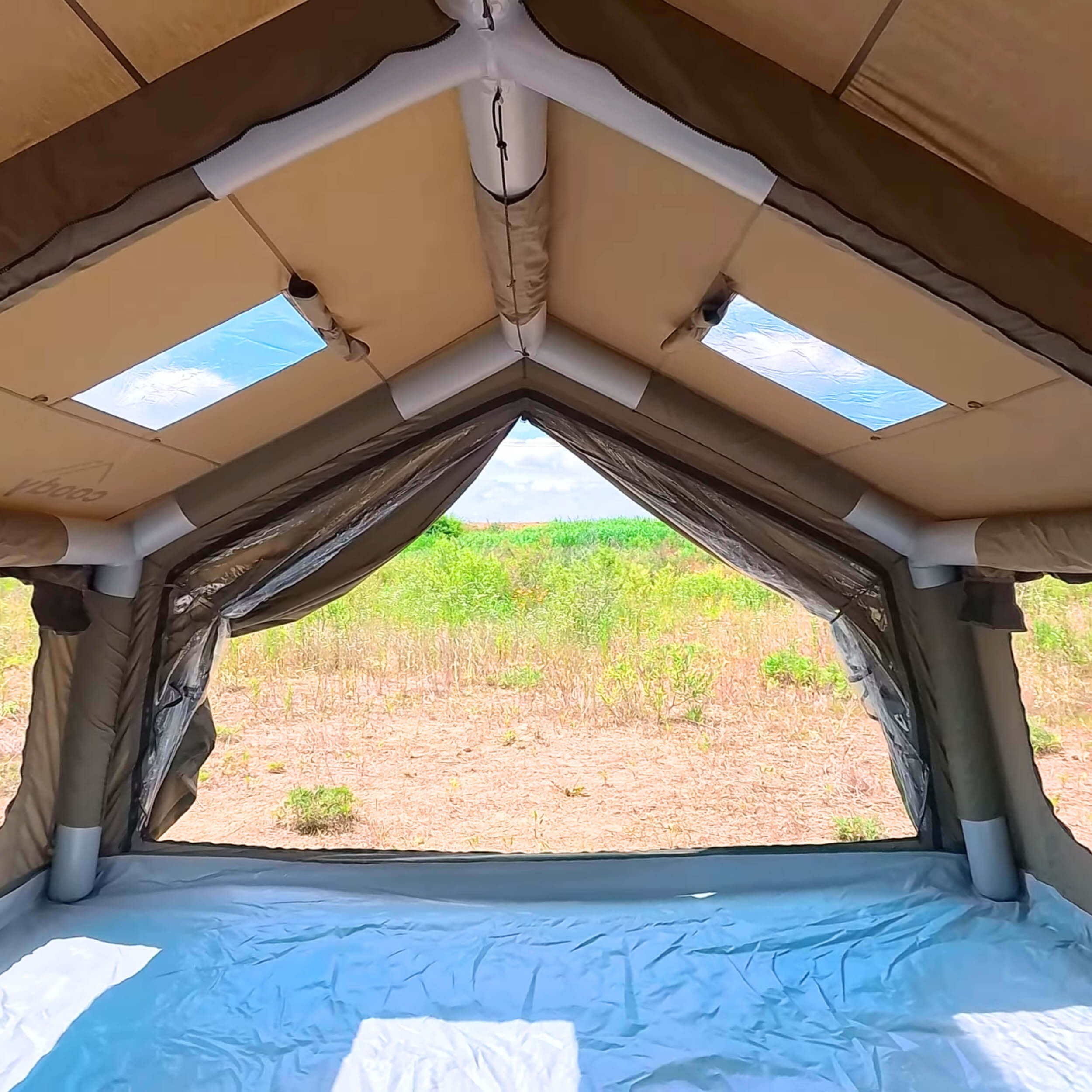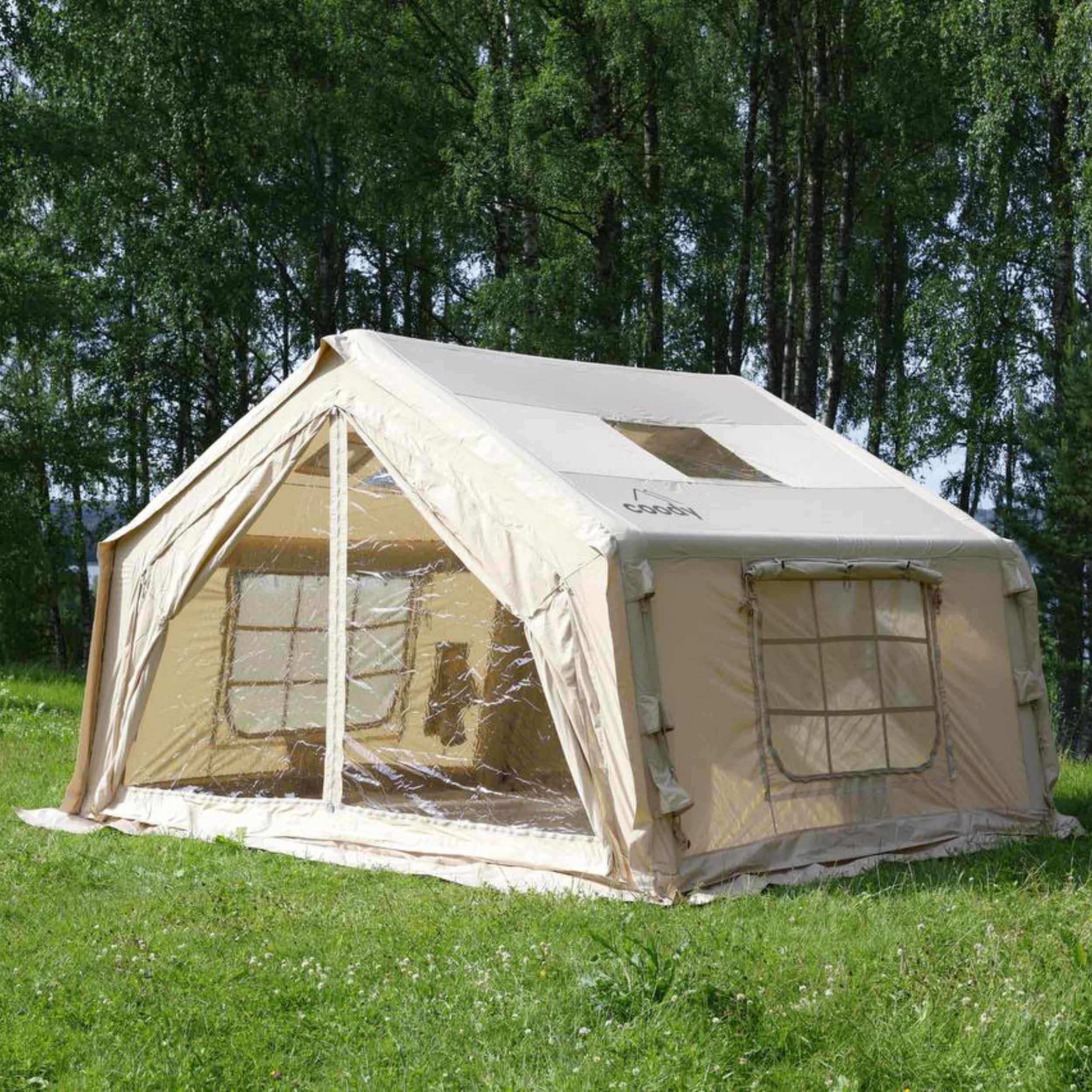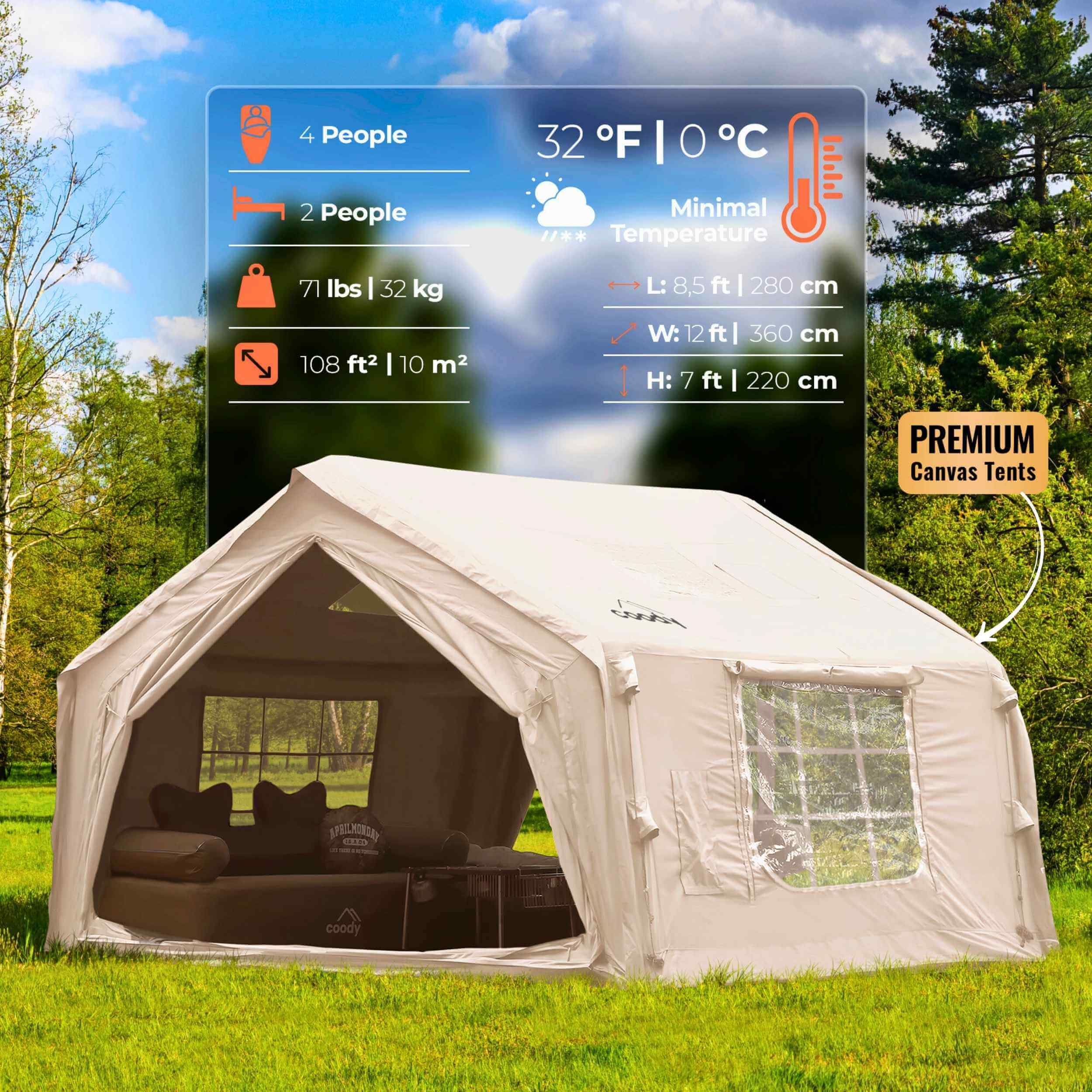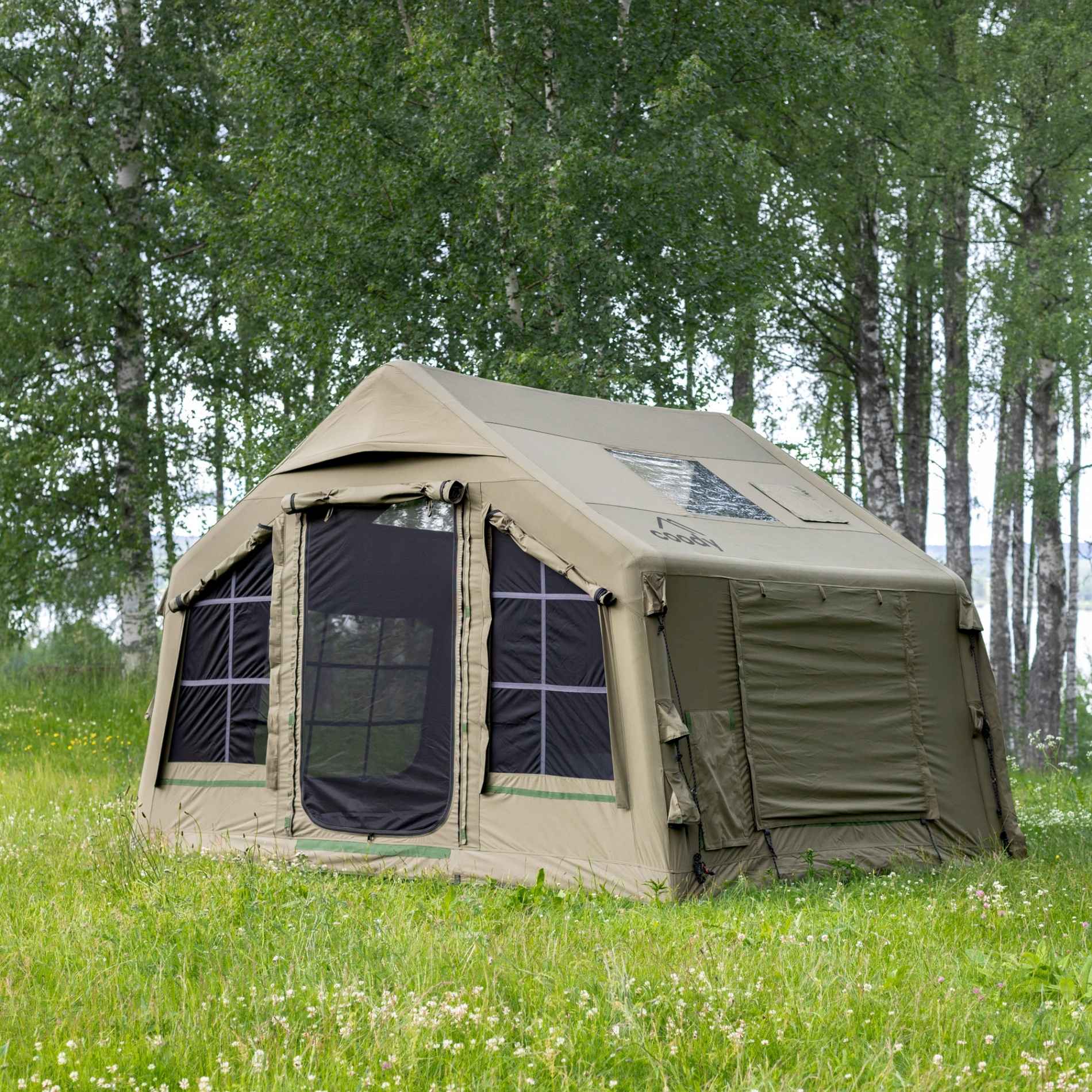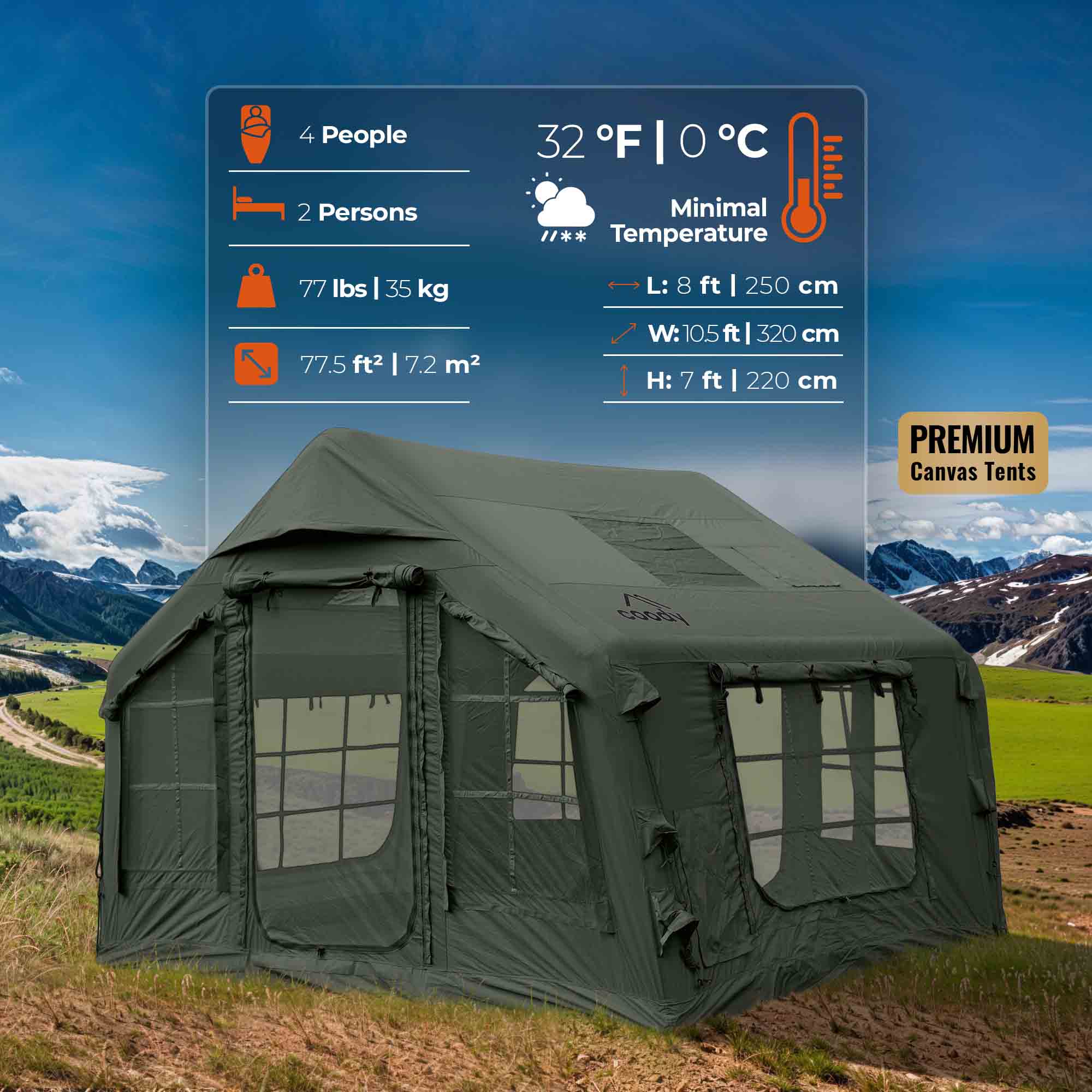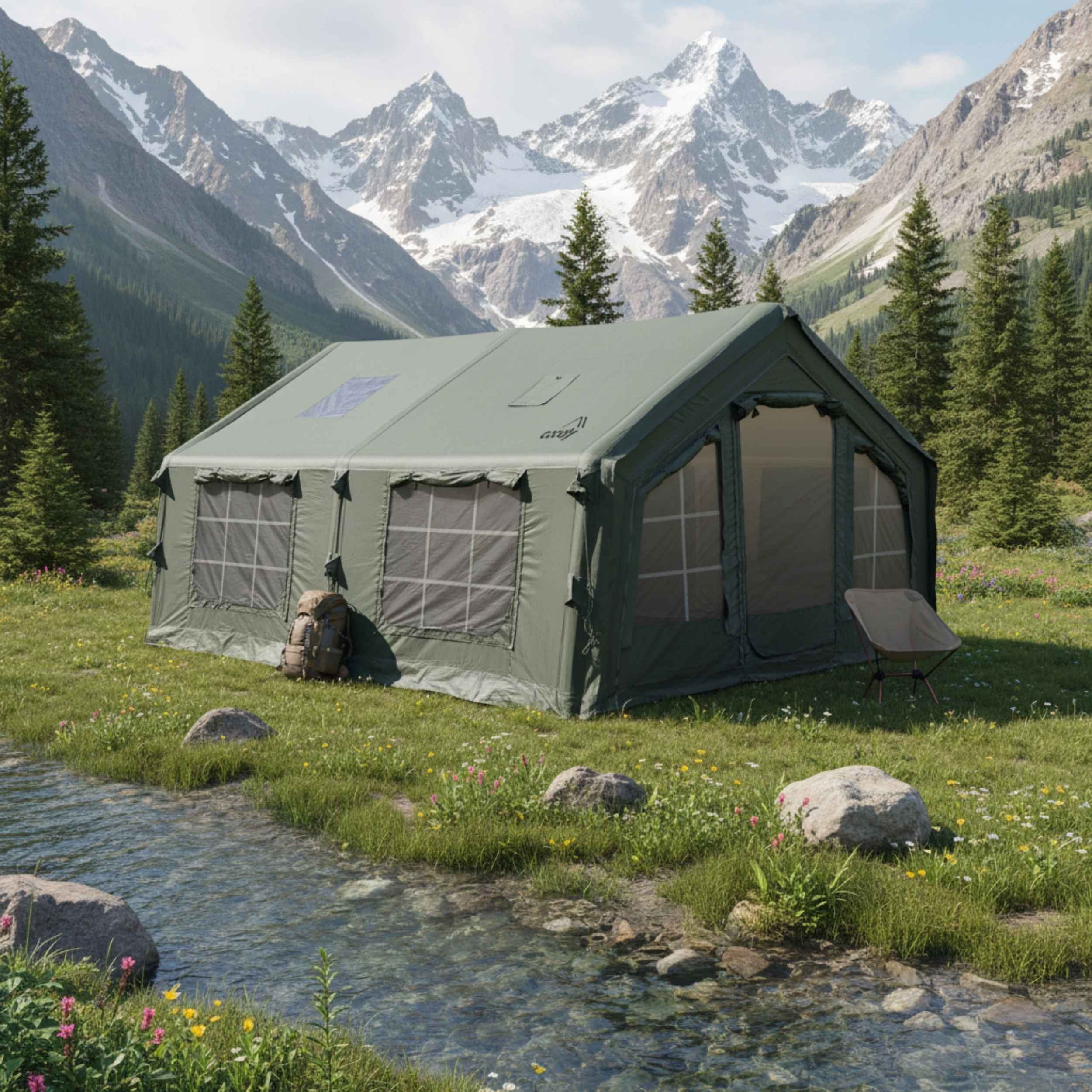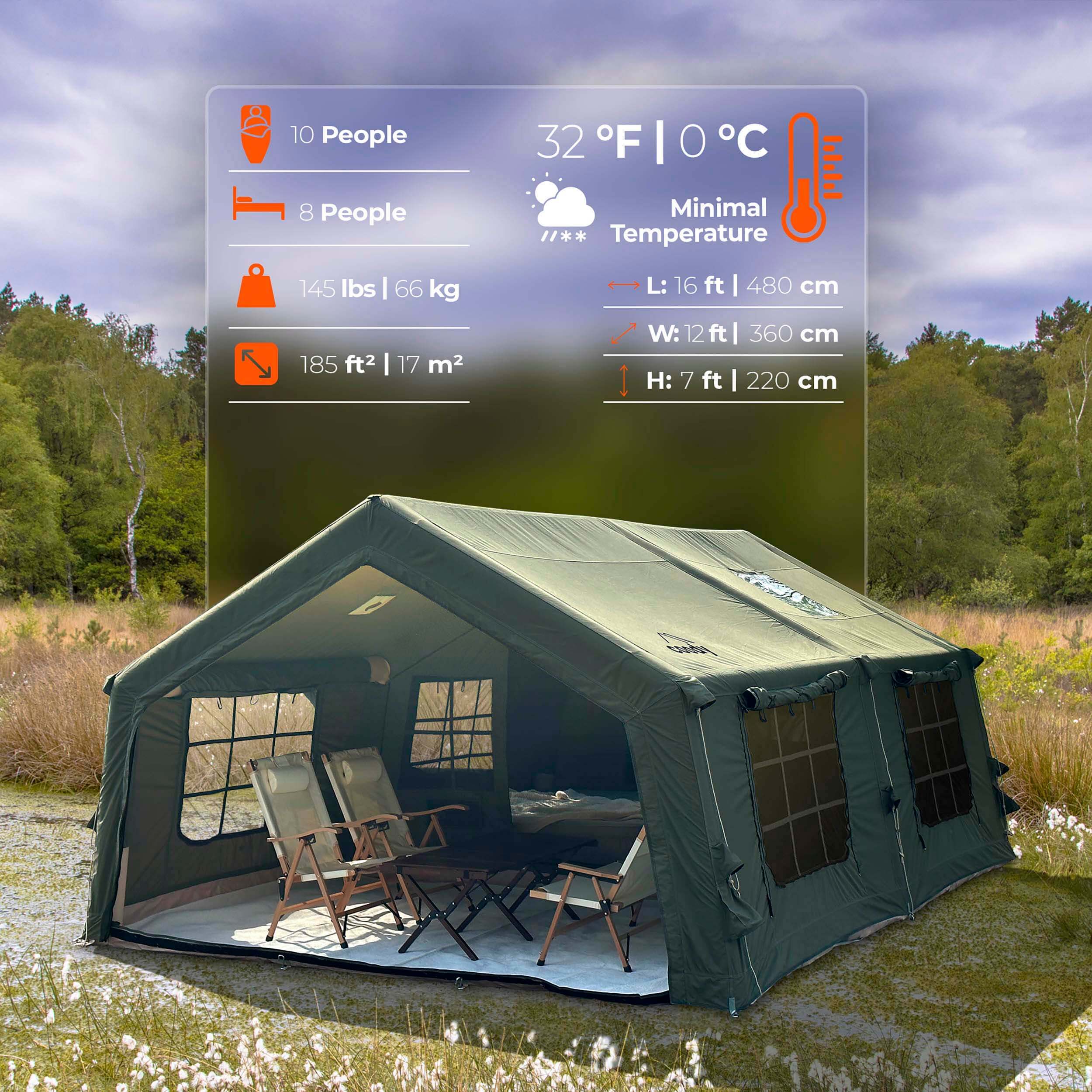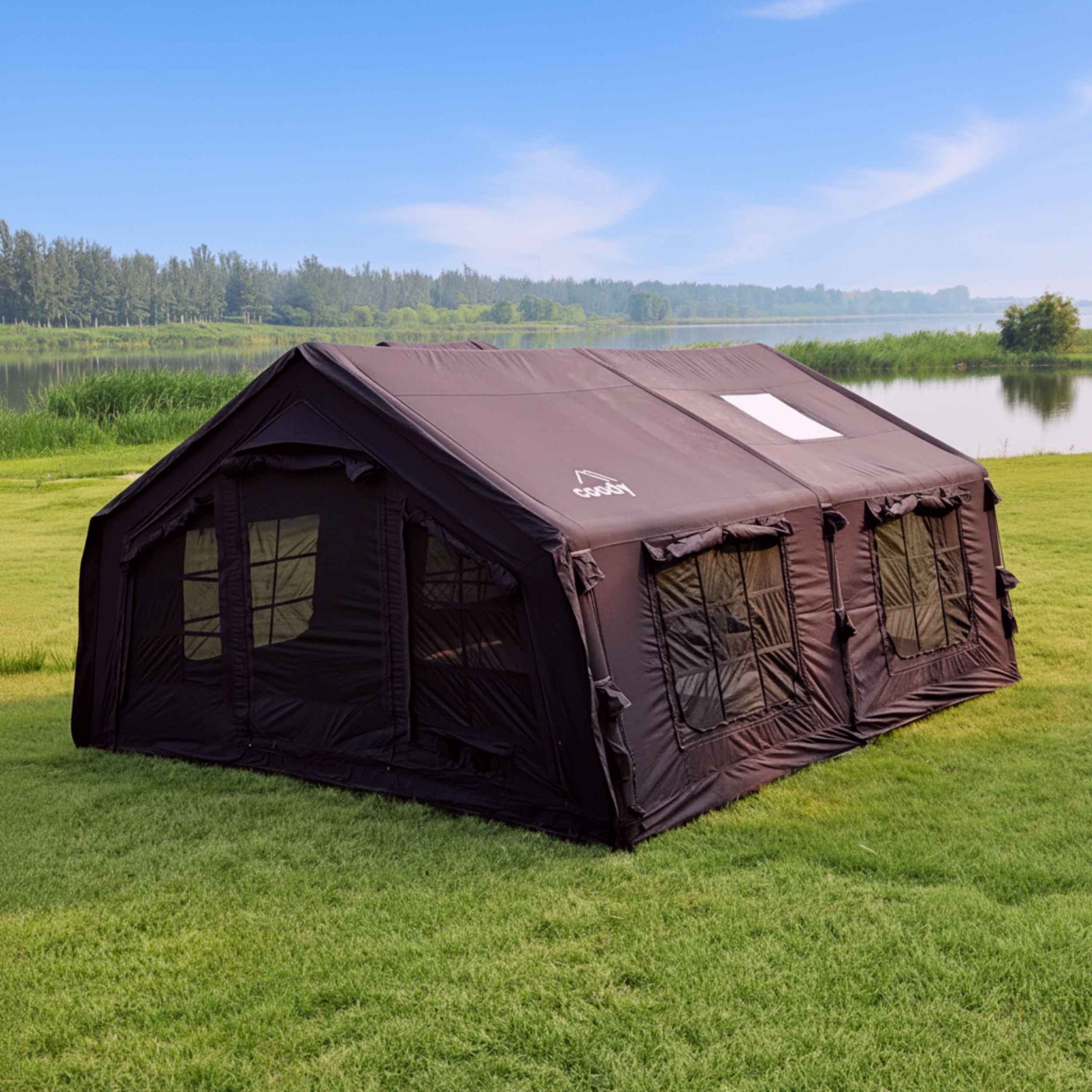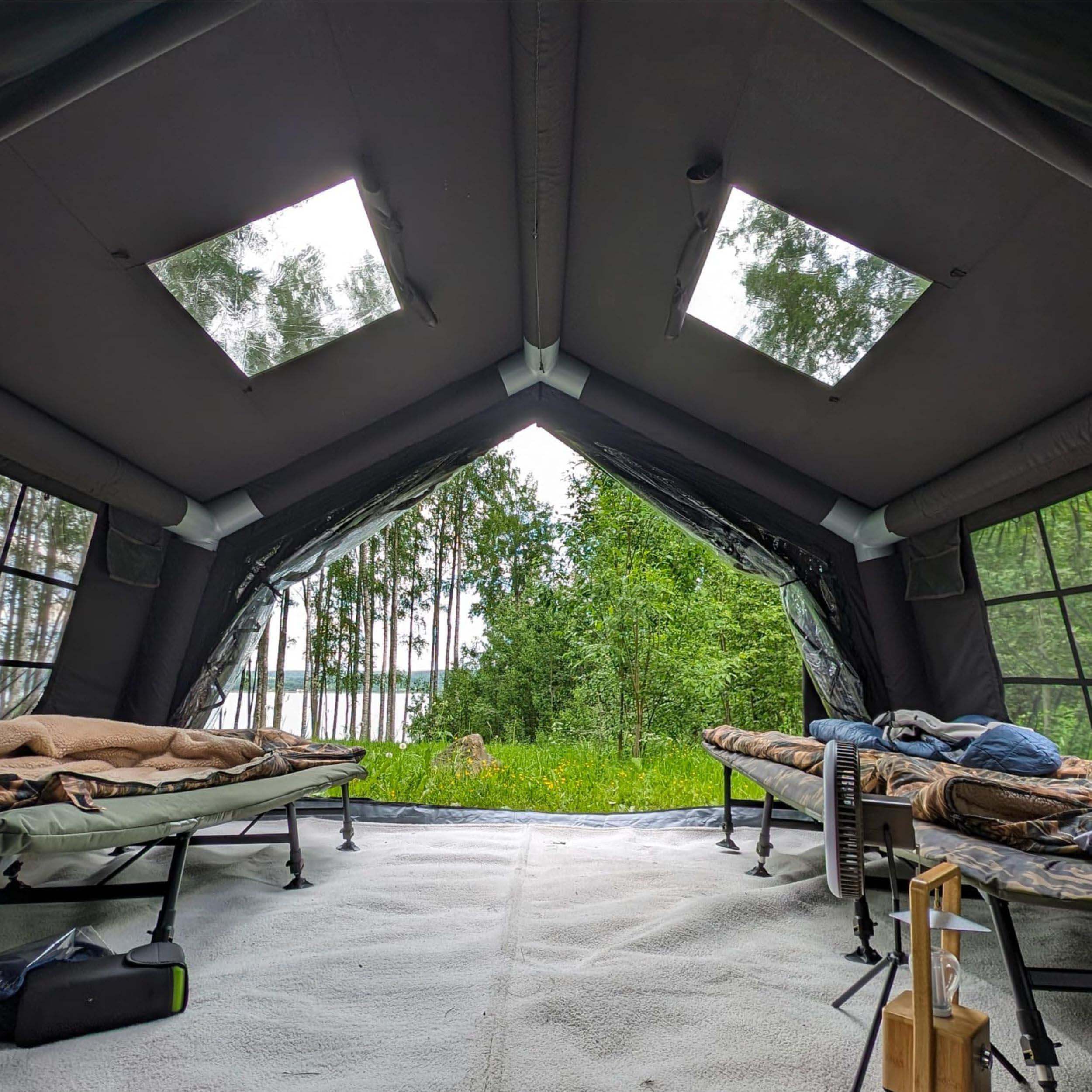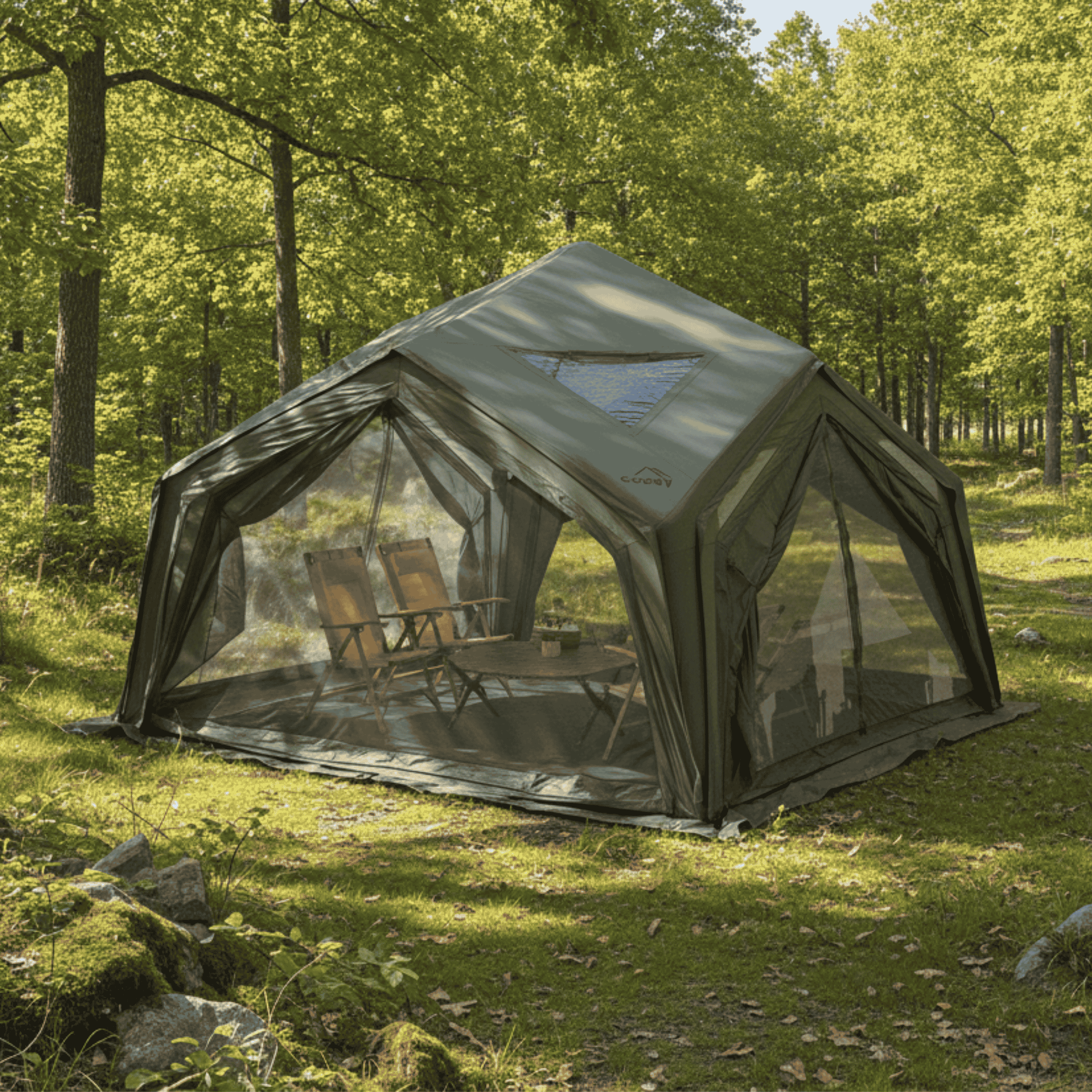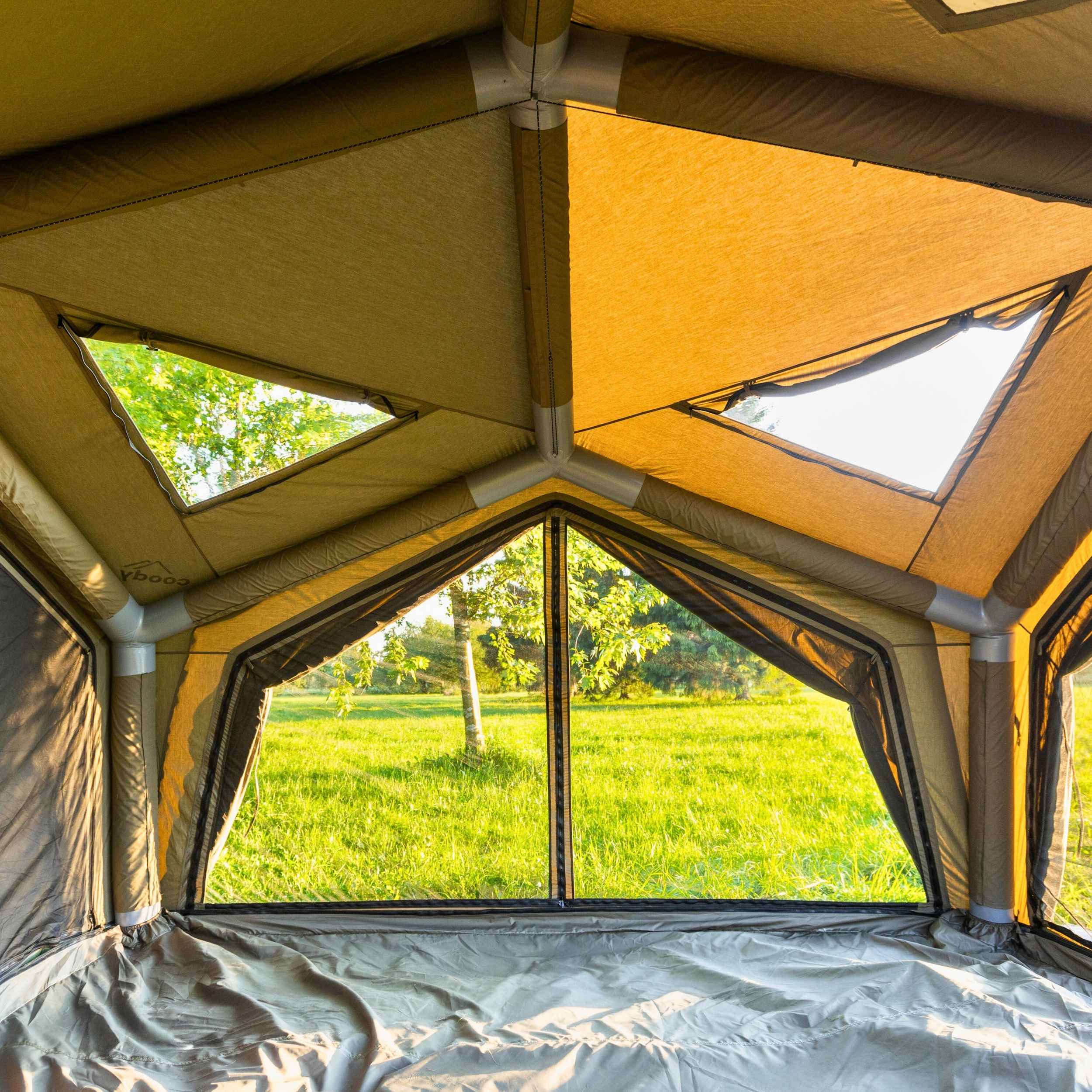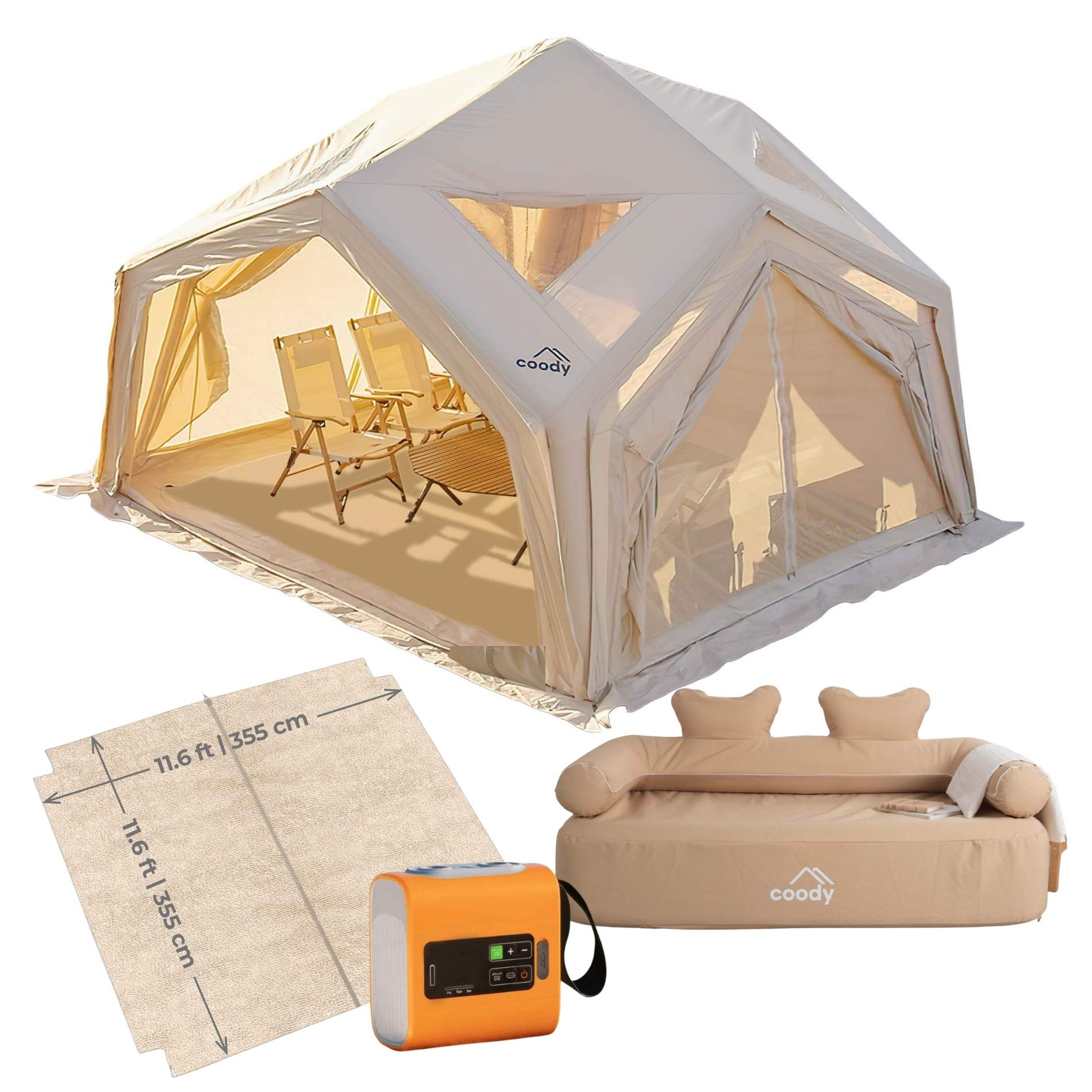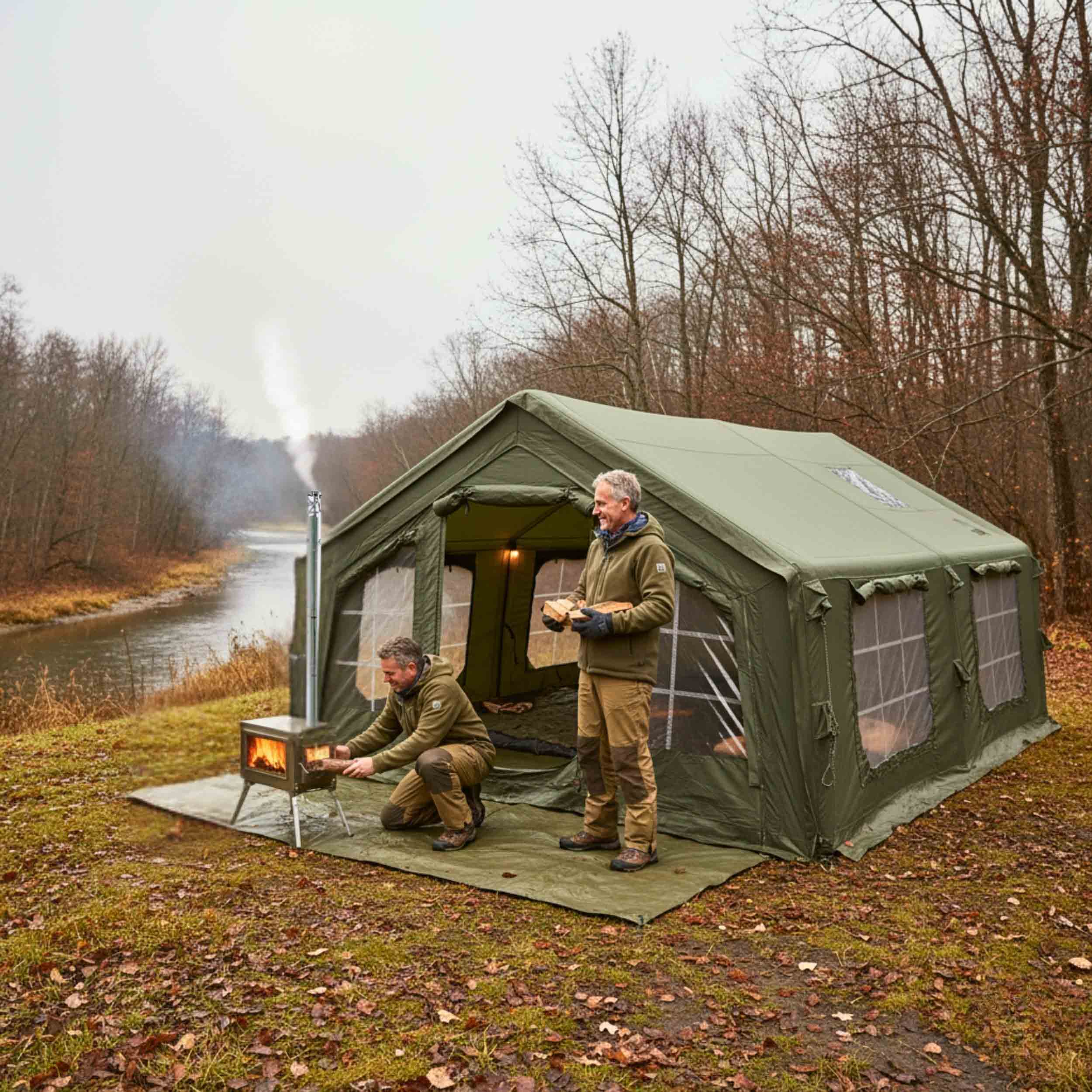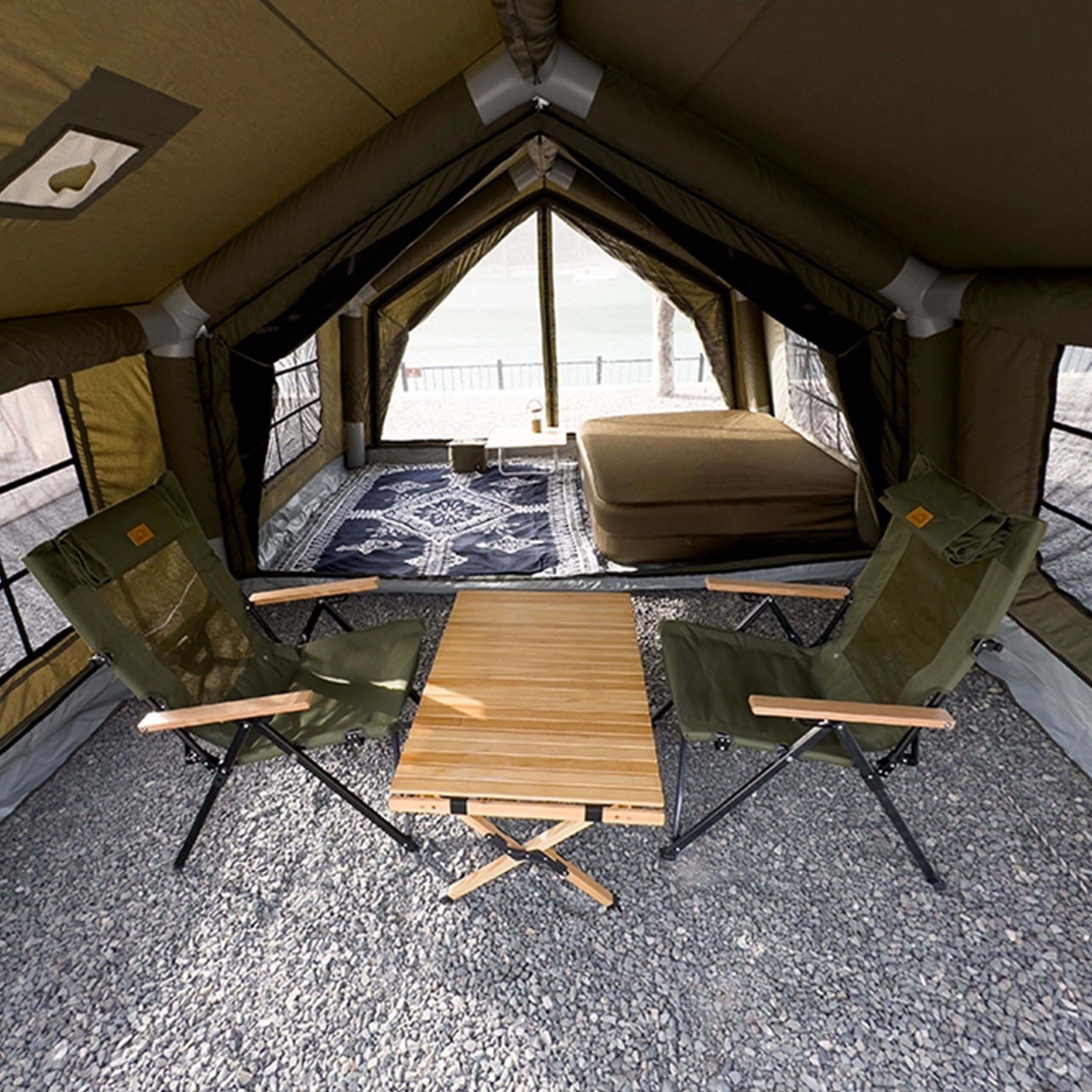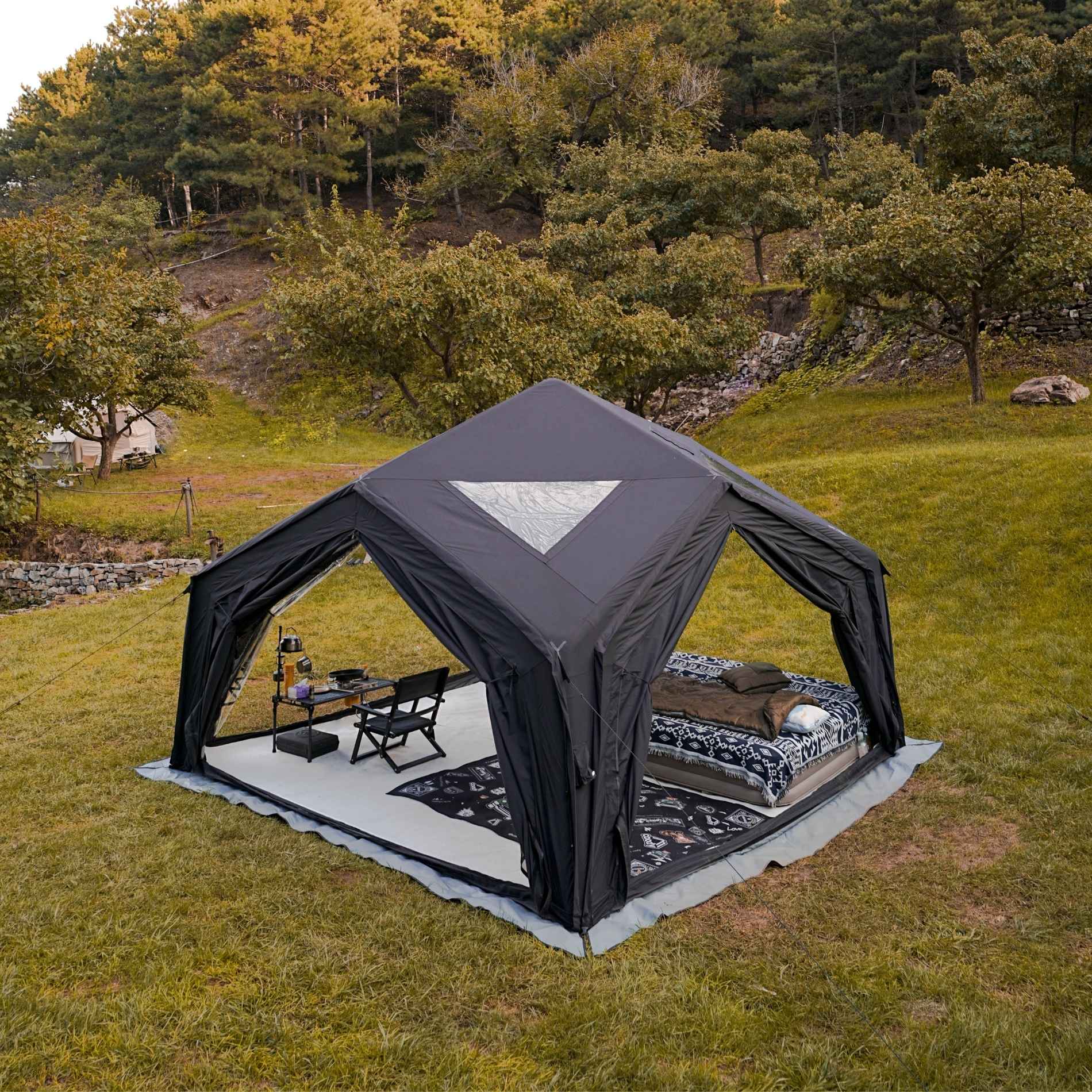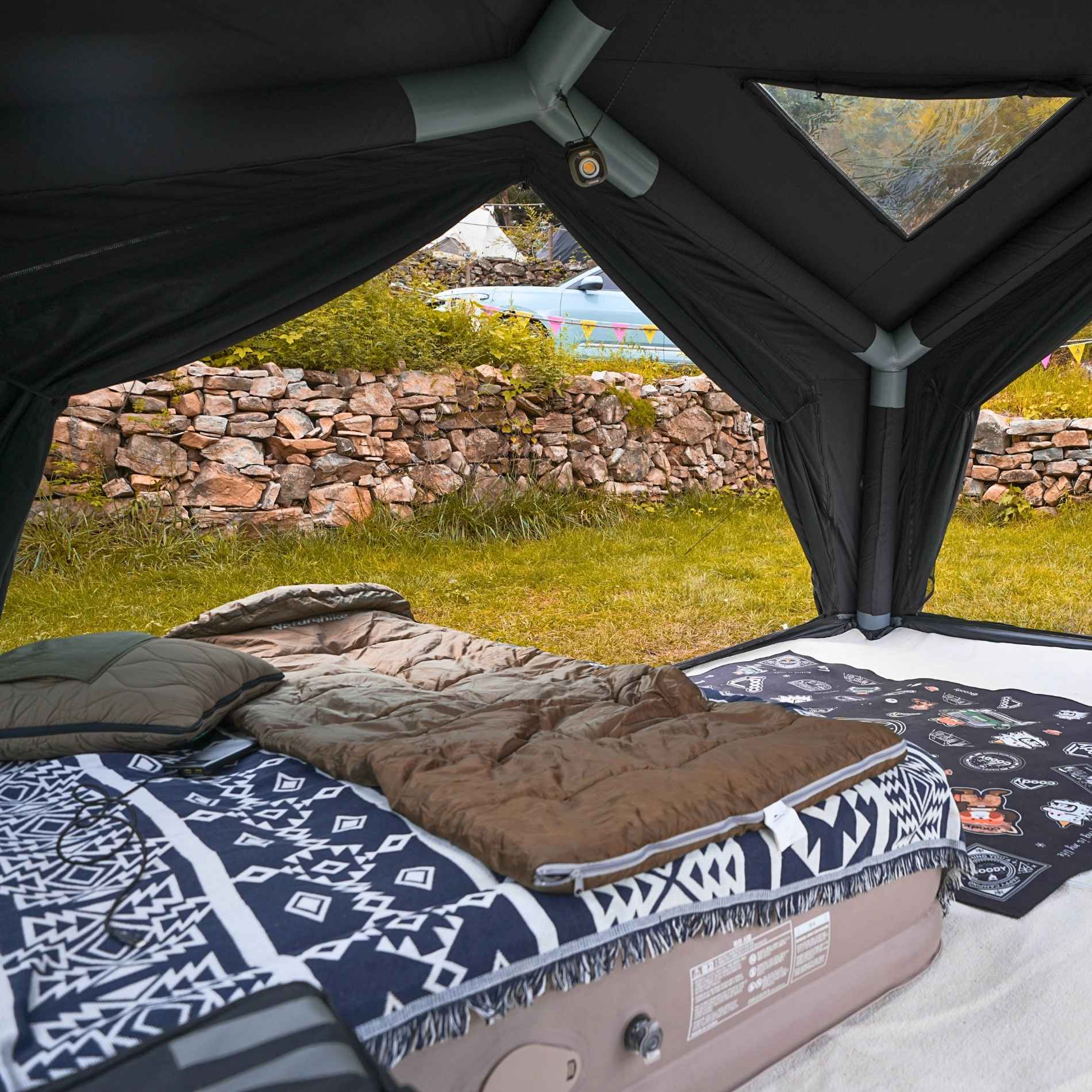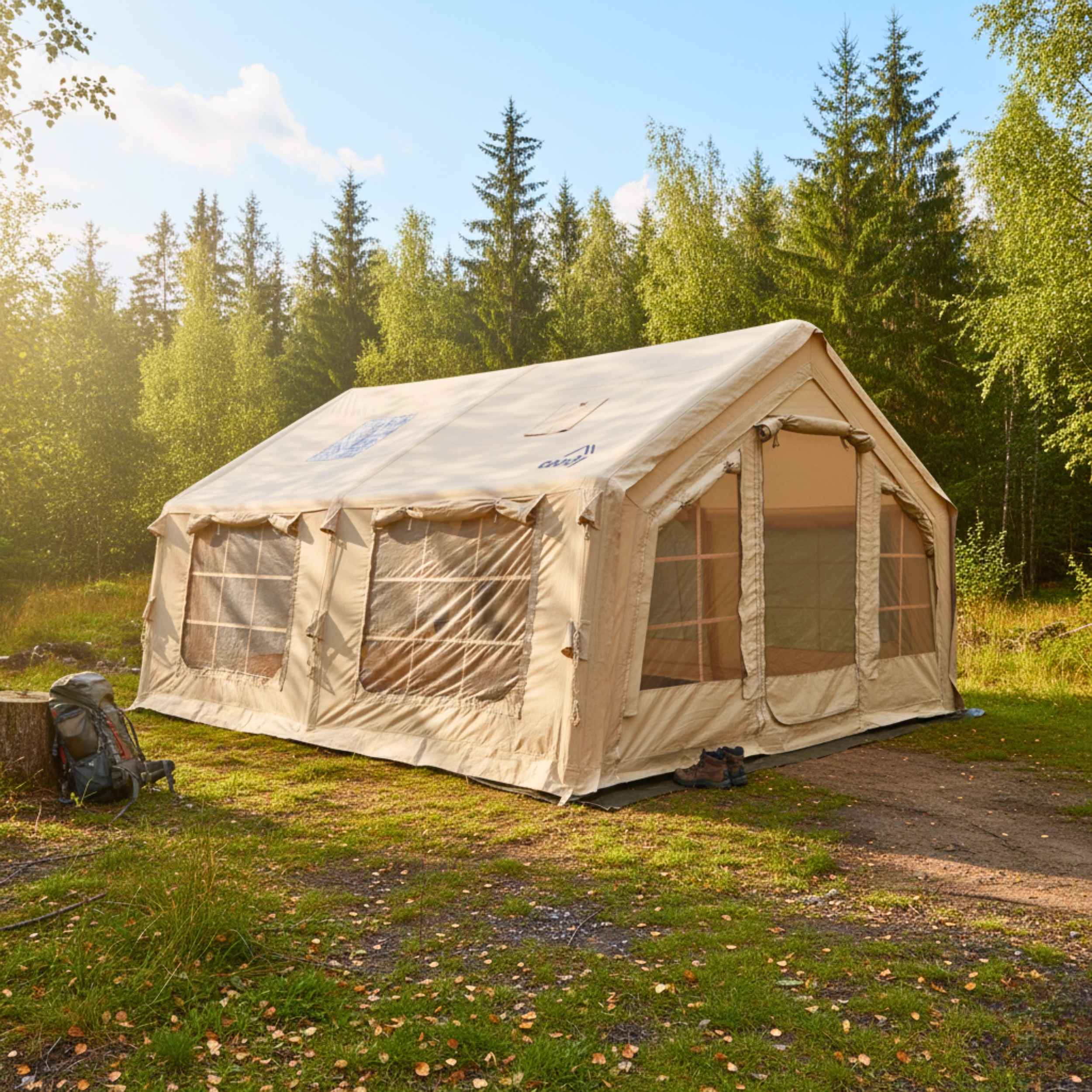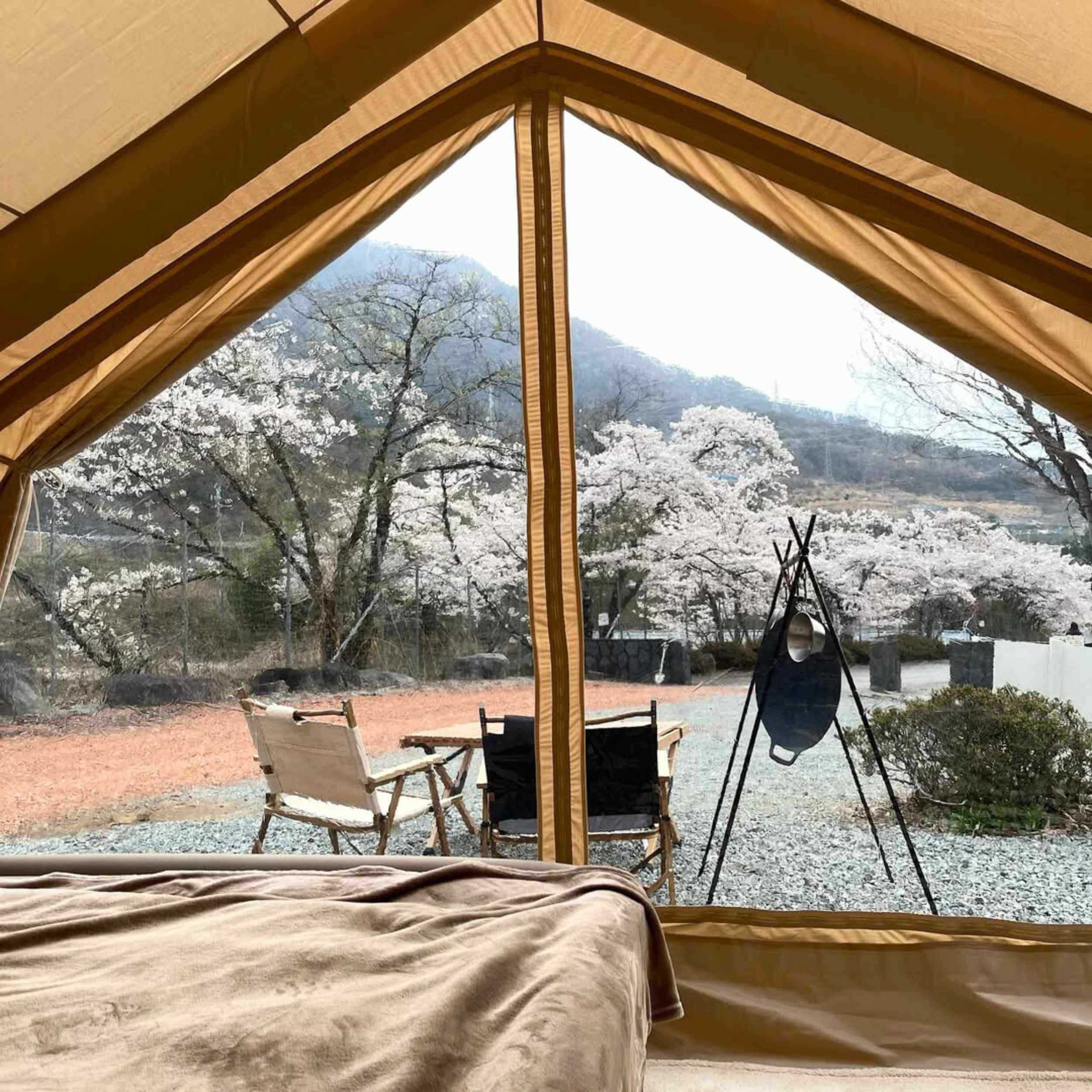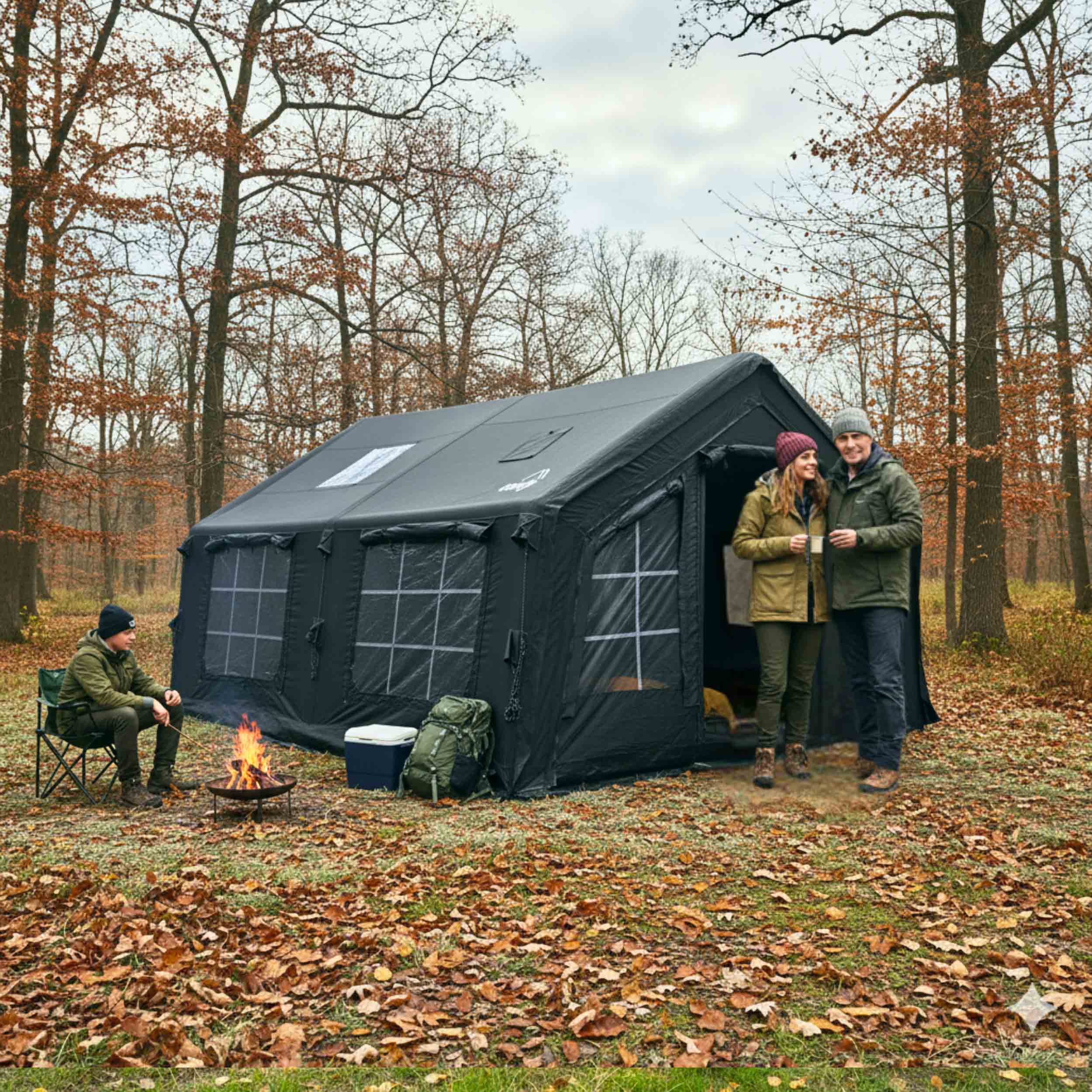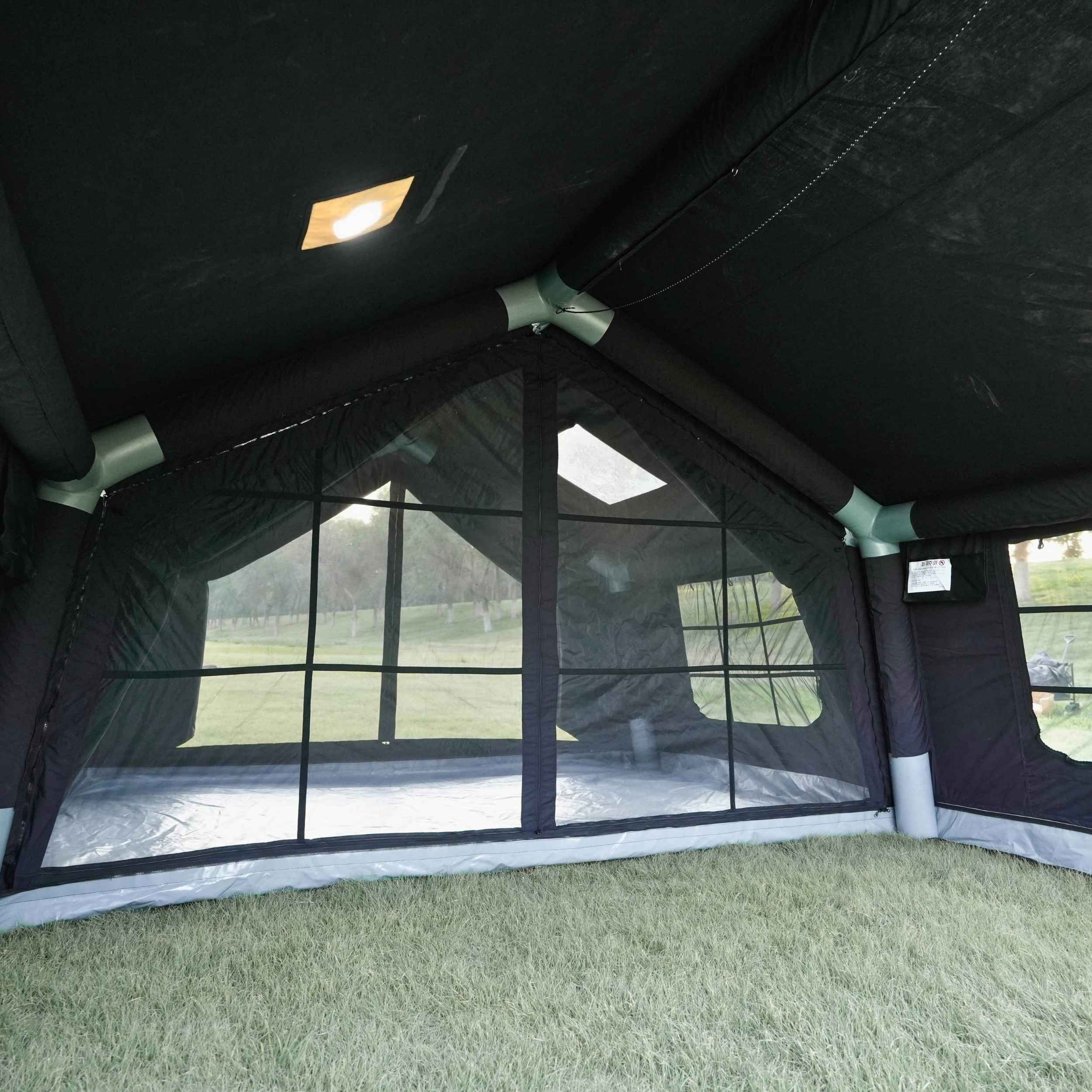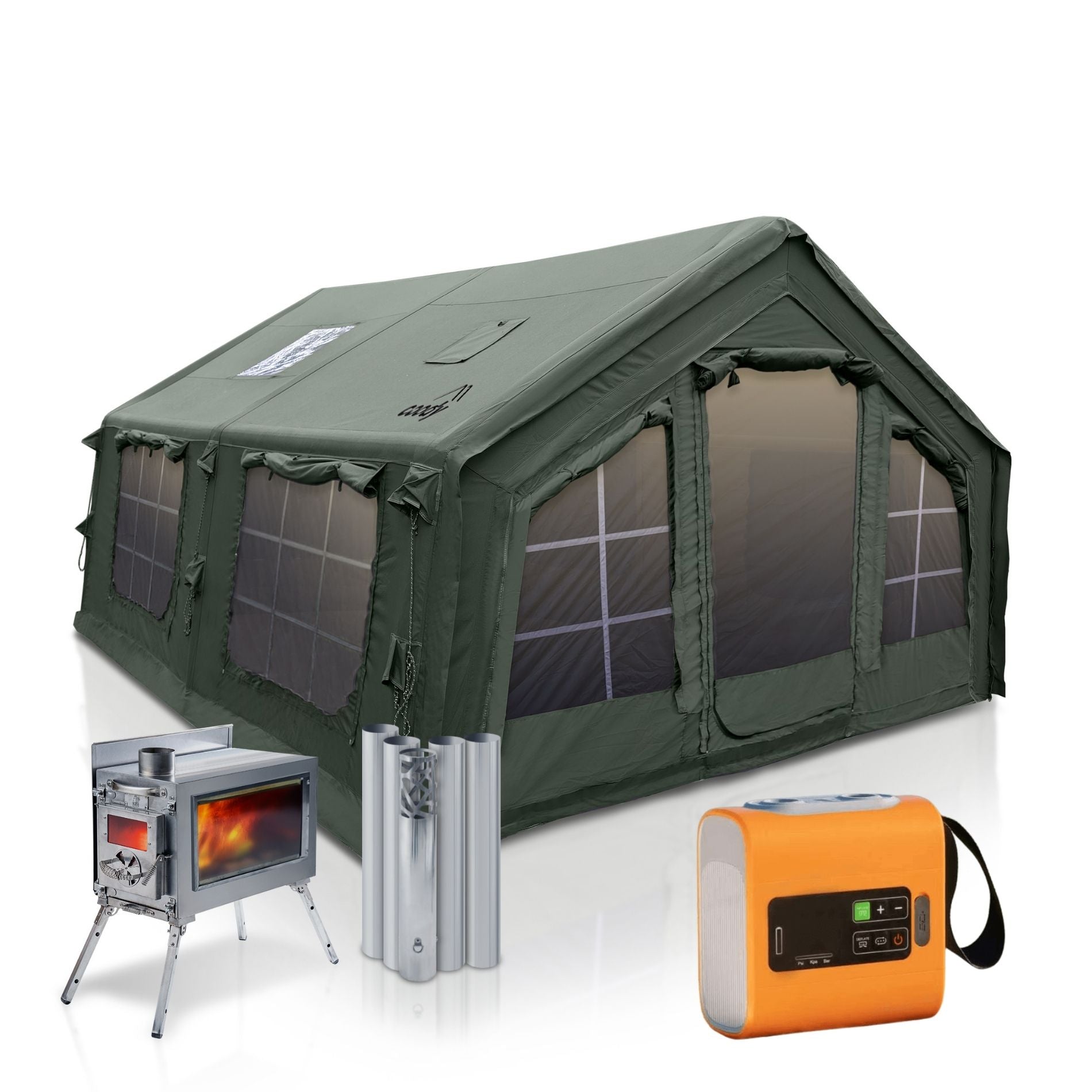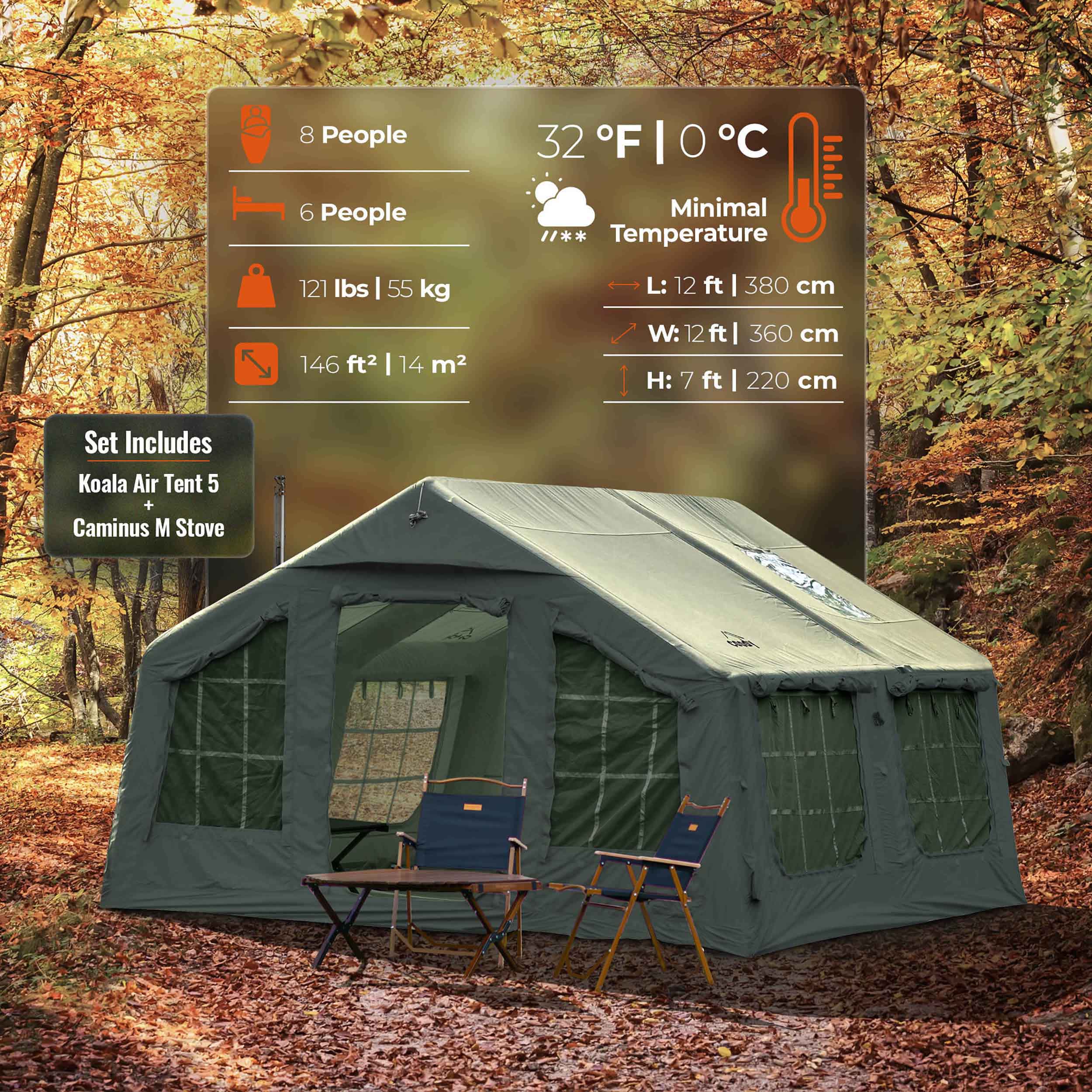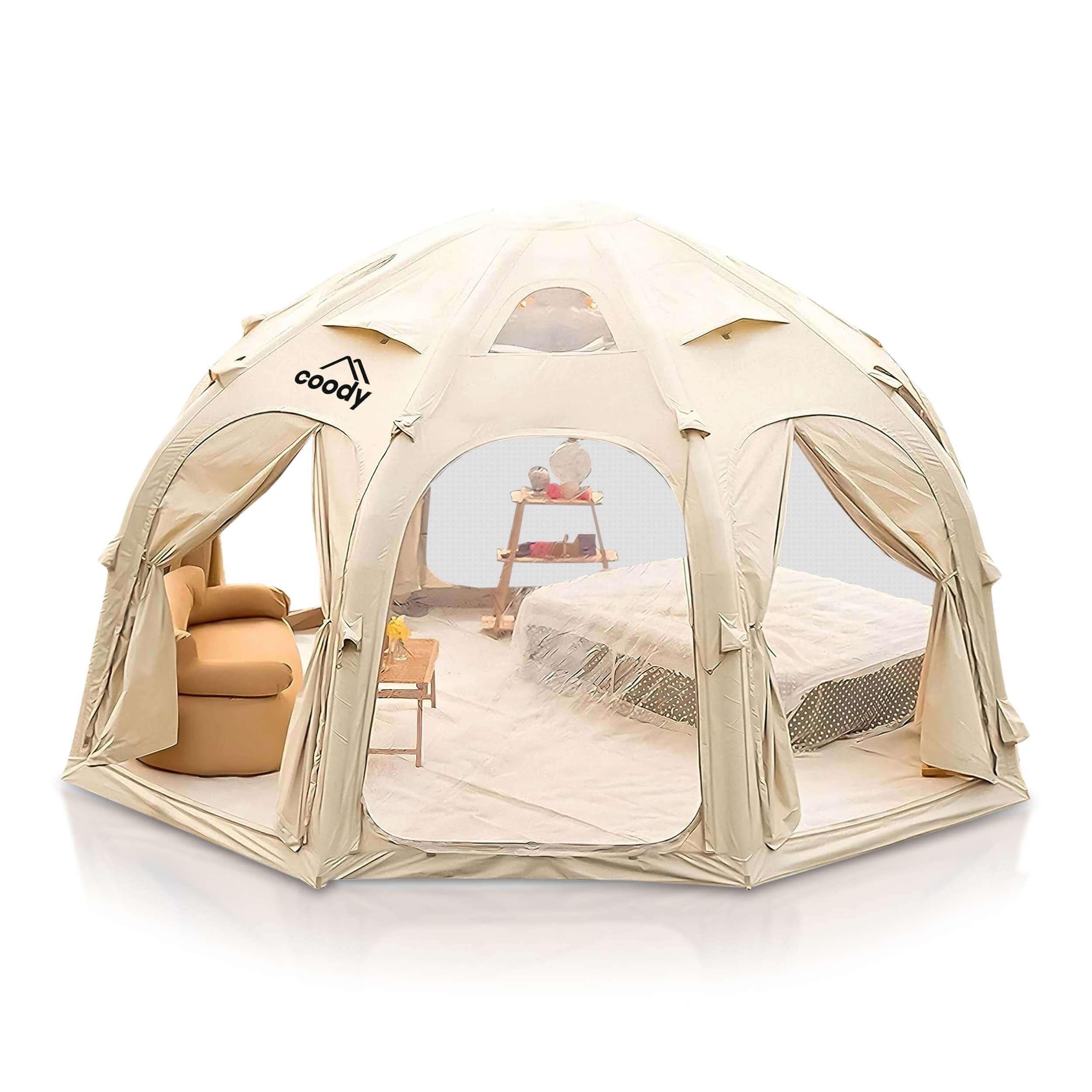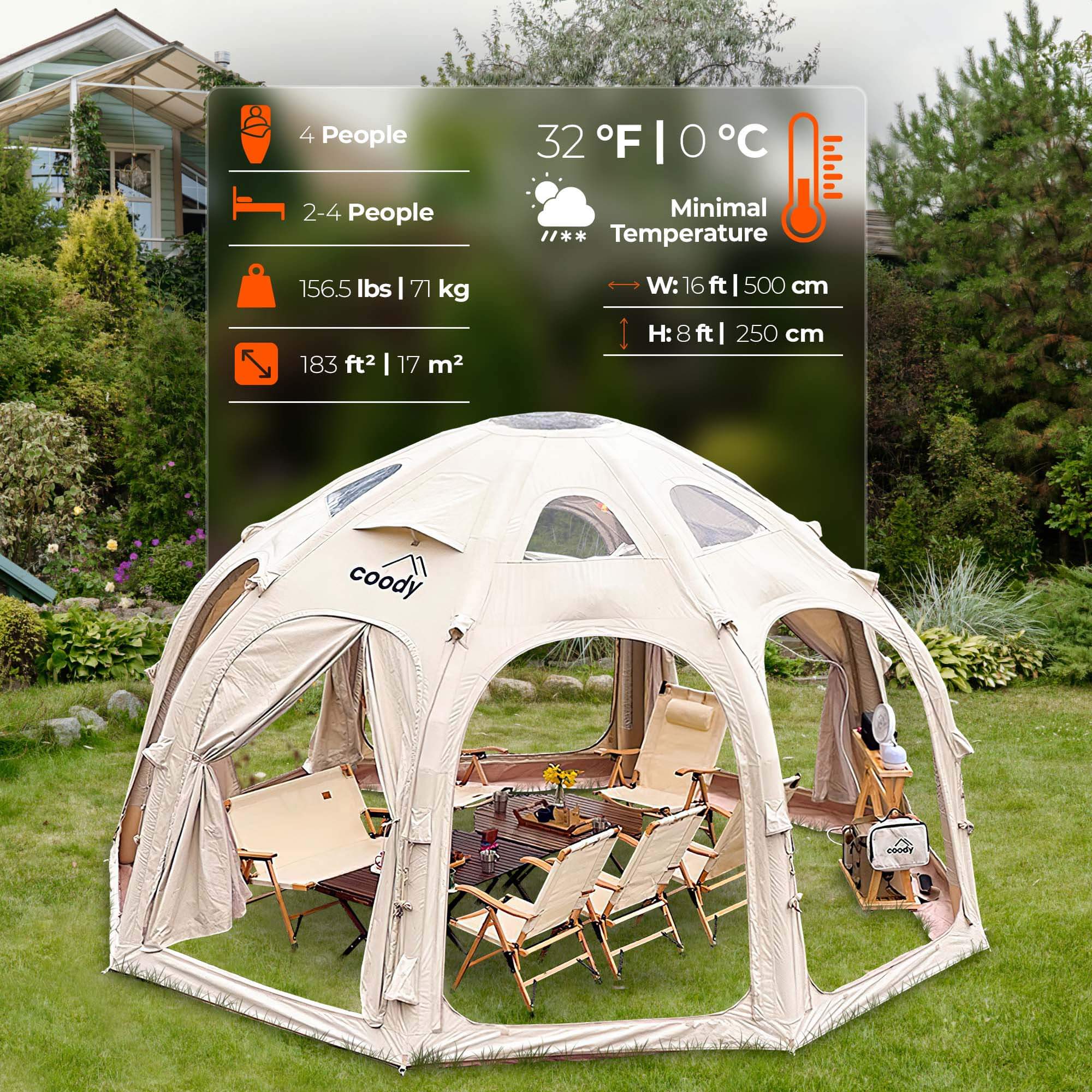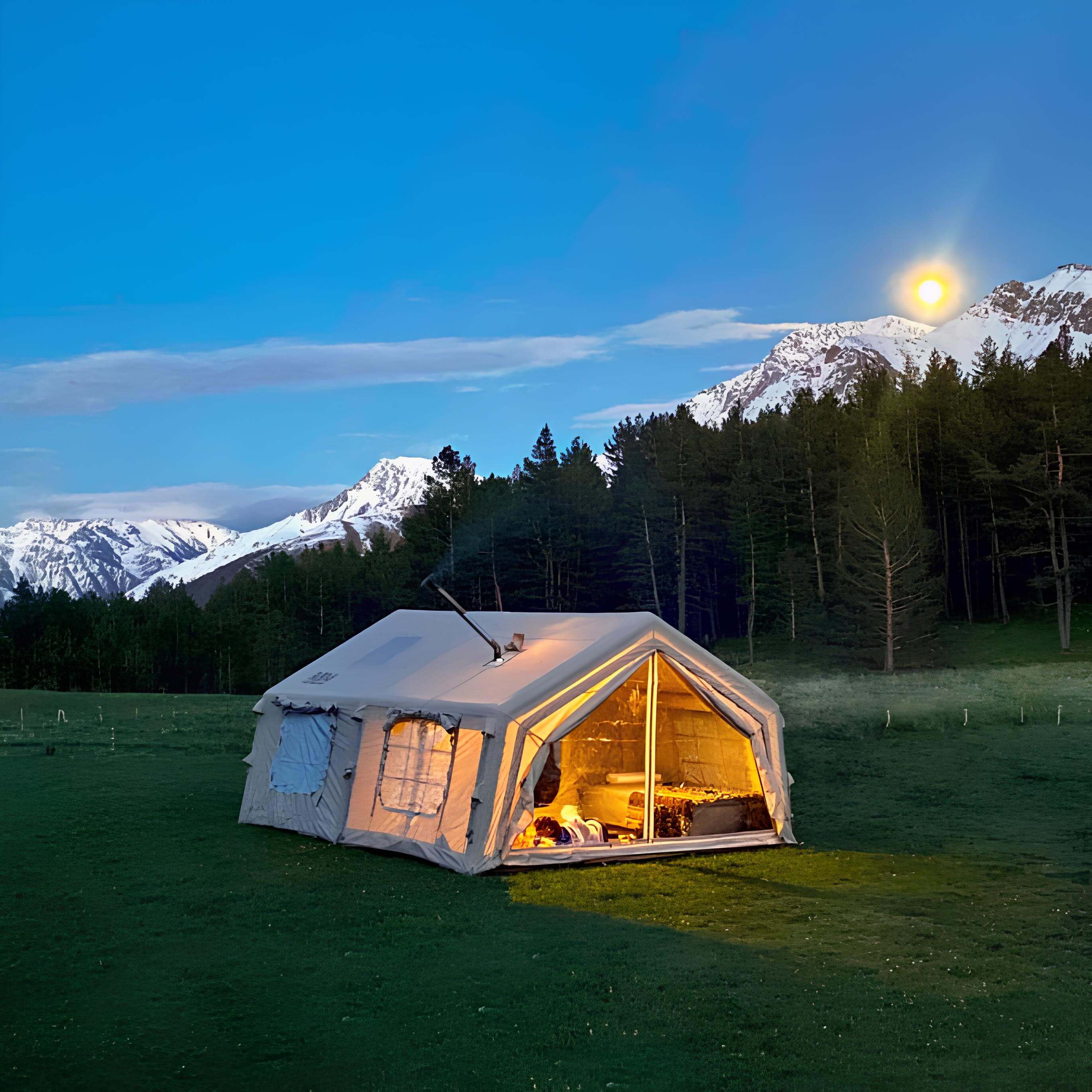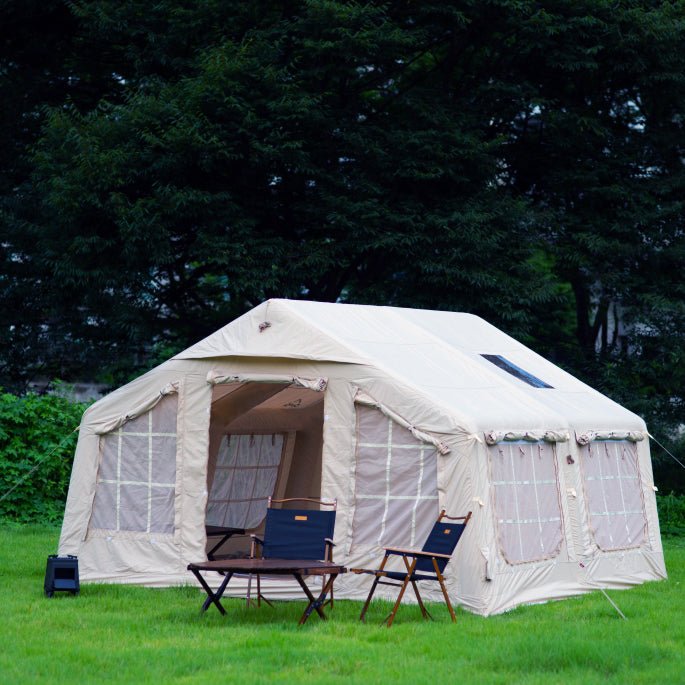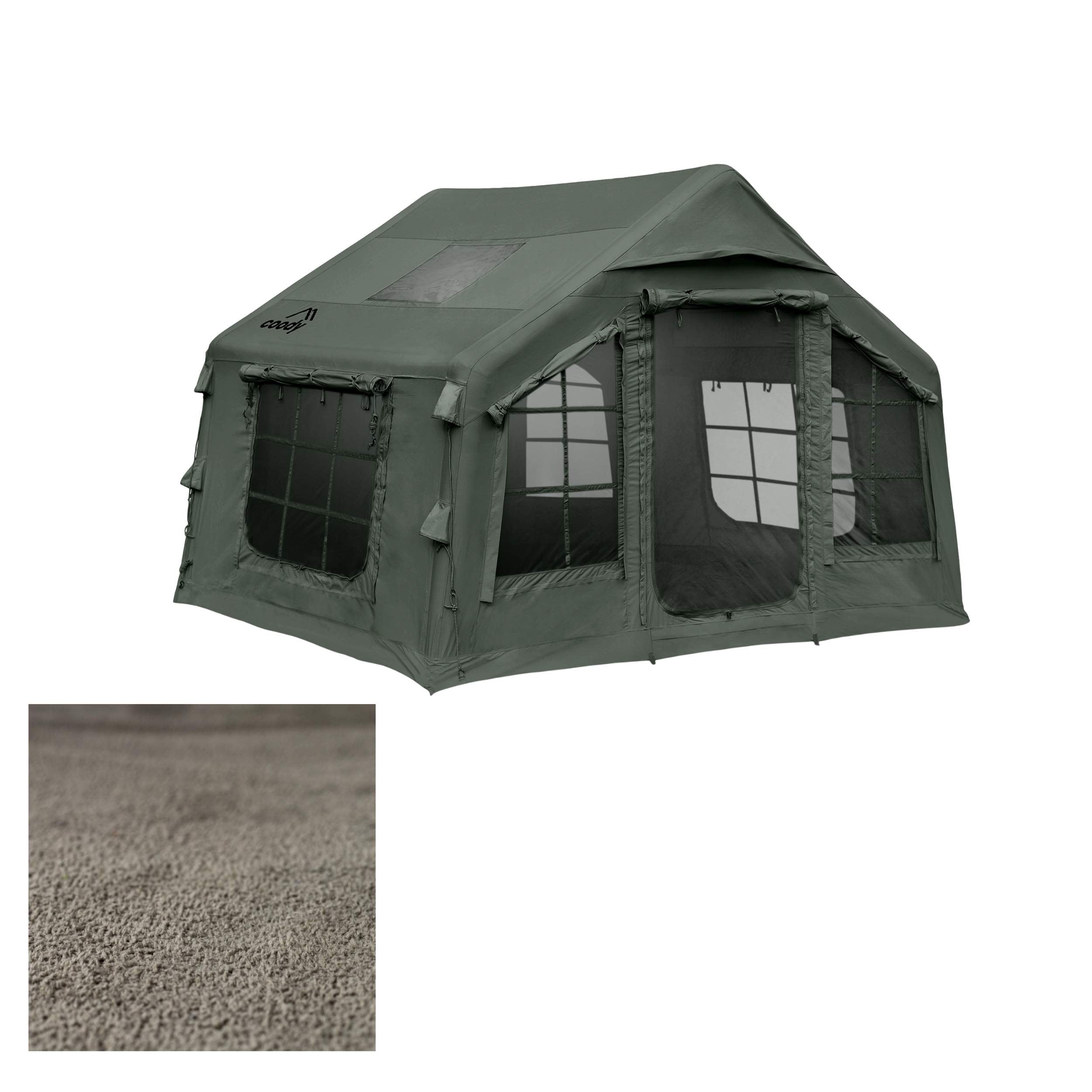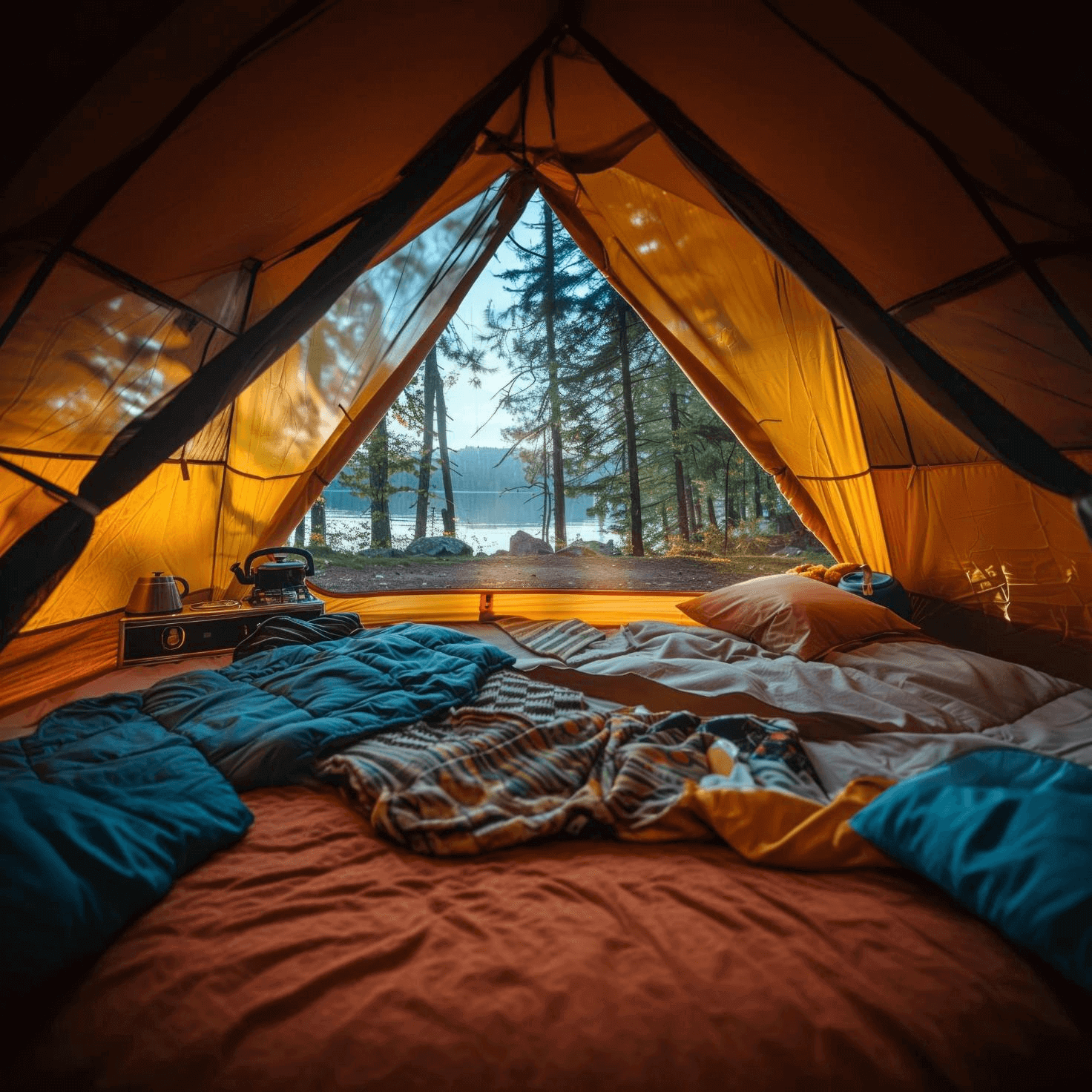Winter camping is an exhilarating way to experience the beauty and solitude of the outdoors. However, venturing into the backcountry during the coldest months requires careful planning and, of course, the right equipment. We’ve prepared a comprehensive winter camping checklist to ensure you're well-prepared for your adventure, covering everything from essential gear to first aid items. This guide also helps you pack smart and stay safe so you can thrive in the snow. Full winter camping checklist below!

Table of Contents
- Winter camping checklist 2025
- Essential gear
- Ten essentials
- First aid
- Clothing
- Footwear
- Personal items
- Snow safety
- Weather preparation
- Essential gear for winter camping
- Clothing and footwear for cold weather
- Choosing the right winter clothing
- Footwear essentials for winter camping
- Layering techniques for cold weather
- Personal items and other essentials
- Personal Items to Include in Your Packing List
- Snow safety gear you need
- Weather considerations for backcountry camping
- Preparing for your winter campout
- Checklist for packing gear for winter
- How to take care of your gear in cold weather
- Planning your winter camping trip
- FAQ
Winter camping checklist 2025
Essential gear
Coody 4-season tent (or sturdy 3-season)
Sleeping bag rated at least 10°F lower than expected temps
Sleeping pad with high R-value or cot
Portable stove (for melting snow)
Ten essentials
Navigation: map + compass or GPS
Sun protection: sunglasses, sunscreen
Extra clothing (insulation)
Illumination: headlamp or flashlight
First-aid kit
Fire starter (matches, lighter, fire steel)
Repair kit and multi-tool
Extra food
Water + purification method
Emergency shelter
Winter additions: shovel, saw or axe
First aid
Bandages, antiseptic wipes
Pain relievers
Blister treatment, Moleskin
Chemical heat packs
Clothing
Base layer: synthetic or merino wool
Mid layer: fleece or down
Outer shell: waterproof and windproof
Warm hat, gloves, scarf
Extra clothing for layering
Footwear
Insulated, waterproof boots
Wool/synthetic socks (extra pairs)
Gaiters (optional)
Personal items
Toiletries, prescription meds
Small towel
Camera, book, or cards
Extra batteries, power bank
Snow safety
Avalanche transceiver, probe, shovel (in avalanche terrain)
Map, compass, GPS
Whistle
Repair kit (tape, bindings, tools)
Weather preparation
Insulated water bottles
Extra warm layers
Check avalanche and weather forecast before trip
Essential gear for winter camping
Must-have gear for cold weather
When planning a winter camp, having the right gear is not just a recommendation, it's a necessity. You must prioritize items that will protect you from the extreme cold and ensure your safety. The essential items are summarized below:
| Item | Details |
|---|---|
| 4-Season Tent | Designed to withstand heavy snow loads and strong winds, or a 3-season backpacking tent can work. |
| Warm Sleeping Bag | Rated at least 10°F lower than the expected coldest temperatures. |
Ideally you should bring a mattress or a folding bed to keep you off the cold ground. Additionally, a high-quality sleeping pad with a good R-value will insulate you from the cold.

Ten essentials for a winter campout
Drawing from REI expert advice, these ten essentials are the core of any backpacking trip, and are vital when winter camping. These include navigation tools (map and compass or GPS), sun protection (sunglasses and sunscreen), insulation (extra clothing), illumination (headlamp or flashlight), first-aid supplies, a fire starter, a repair kit and tools, nutrition (extra food), hydration (water and a way to purify it), and emergency shelter. For a winter campout, consider adding a few extra items to your ten essentials list, including:
- A shovel for digging out your tent after a snowstorm.
- A saw or axe for preparing firewood.
It's also a good idea to bring a portable stove for melting snow for drinking water, because staying hydrated is vital even in cold weather.
First aid items to pack
A well-stocked first aid kit is an essential part of a winter camping checklist. Cold weather can exacerbate existing conditions and present new challenges, so your kit should be comprehensive. Consider including items specific to winter conditions, such as blister treatment, pain relievers, antiseptic wipes, bandages of various sizes, and Moleskin padding for preventing friction. It's also essential to have a way to warm yourself up quickly in case of hypothermia, like chemical heat packs. Having these first aid items accessible can make all the difference in the backcountry. You must always be prepared for the unexpected.
Clothing and footwear for cold weather
Choosing the right winter clothing
Choosing the right winter clothing is paramount for a safe and enjoyable winter camping experience. Your clothing system should focus on retaining body heat while managing moisture to prevent hypothermia. The base layer is next to the skin and wicks away sweat. It's a good idea to use merino wool or synthetic materials as they maintain their insulating properties even when wet. Avoid cotton at all costs since it retains moisture and can make you colder. The mid-layer provides insulation and is often fleece or down. For your outer layer, you need a waterproof and windproof shell to protect you from the elements. Don't forget essential accessories like a winter hat, gloves, and a scarf to protect exposed skin from the cold. When camping, dress in layers, as this will allow you to vent heat and adjust to changing conditions.
Footwear essentials for winter camping
Footwear is a critical component of your winter camping gear checklist. Your boots need to be insulated, waterproof, and have good traction to handle the conditions when there’s snow on the ground. Look for boots rated for cold temperatures well below what you expect to encounter. Wear moisture-wicking socks to keep your feet dry and prevent blisters. Consider bringing gaiters to keep snow out of your boots. In the backcountry, footwear can be the difference between a successful trip and a miserable one, so invest in quality boots and socks. Don't forget to bring extra socks so you can change them out if yours get wet. Staying warm on a cold winter camping adventure requires well-insulated and waterproof footwear.
Layering techniques for cold weather
Mastering layering techniques is essential for staying comfortable in cold weather. The goal is to trap body heat while allowing moisture to escape, preventing you from becoming cold and damp. Start with a moisture-wicking base layer, followed by an insulating mid-layer such as fleece or down, and finish with a waterproof and windproof outer shell. This layering system allows you to vent heat by removing layers as needed, preventing overheating and sweat buildup. Pay attention to your body's signals and adjust your layers accordingly to maintain a comfortable temperature. Effective layering is an essential skill for any winter camping enthusiast, ensuring you stay warm and dry throughout your adventure. If you are backpacking for days at a time, ensure your packing list includes extra clothing in case a layer becomes unusable.
Personal items and other essentials
Personal Items to Include in Your Packing List
Beyond the essential gear and clothing, don't forget those personal items that enhance your comfort and well-being during a winter camp trip. It's a good idea to consider bringing items like:
- Toiletries, prescription medications, and personal hygiene products
- A small, lightweight camp towel
- A deck of cards or a book
- A camera
- Extra batteries for electronic devices
Packing the right personal items can make a big difference in your overall comfort and enjoyment of your winter camping experience and improve your overall experience in cold temperatures.
Snow safety gear you need
When venturing into the backcountry during the winter months, snow safety gear is non-negotiable. If you are traveling in avalanche terrain, you must bring an avalanche transceiver, probe, and shovel, and know how to use them. Consider taking an avalanche safety course to learn about assessing snow conditions and performing rescues. Carry a GPS device or compass and map for navigation, as trails can become obscured by snow. A whistle can be used to signal for help in case of an emergency. It's also wise to bring a repair kit for your skis or snowshoes, including duct tape, a multi-tool, and extra binding parts. Having snow safety gear can greatly increase your chances of survival in the event of an avalanche or other winter backcountry emergency. Always check the avalanche forecast before heading out and be prepared to turn back if conditions are unstable. This is one of the most essential elements of your camping checklist.
Weather considerations for backcountry camping
Understanding and preparing for the weather is paramount when backpacking in winter. Extreme cold temperatures can be life-threatening, so you must monitor the forecast closely before and during your trip. Be prepared for sudden changes in the weather, such as snowstorms, high winds, and extreme cold. Dress in layers to regulate your body temperature and prevent overheating or hypothermia. Bring extra clothing in case you get wet or need additional insulation. Pack a 4-season tent designed to withstand heavy snow loads and strong winds. Choose a campsite that is sheltered from the wind and from avalanche terrain. Stay hydrated by melting snow or using a portable water filter. It's a good idea to use insulated water bottles to prevent freezing. By taking these weather considerations into account, you can minimize your risk and maximize your safety and enjoyment of your winter camping adventure in cold weather. Remember to bring a warm sleeping bag.
Preparing for your winter campout
Checklist for packing gear for winter
When preparing for your winter campout, creating a detailed gear checklist is essential. Start by listing all the essential gear for winter, including your 4-season tent, warm sleeping bag, and sleeping pad. Then, assess your clothing needs, ensuring you have a base layer, mid-layer, and waterproof outer shell. Pack extra gear for emergencies, such as a repair kit, first aid supplies, and extra food and water. Consider the specific challenges of the cold weather and snow conditions, such as the need for snowshoes or skis. Finally, review your personal items, such as toiletries, medications, and entertainment. By following a comprehensive gear checklist, you can ensure you have everything you need for a safe and enjoyable winter camping experience in the backcountry, and improve your ability to stay warm on a cold winter trip.
How to take care of your gear in cold weather
Proper gear maintenance is critical when winter camping. Cold temperatures can impact equipment performance. Condensation from melting snow or body heat can freeze and damage gear. Always dry out your sleeping bag and tent whenever possible to prevent moisture buildup. Store electronics in a warm place to prevent battery drain. Check your tent poles for cracks and ensure zippers are functioning properly. Avoid storing gear directly on the cold ground, as this can cause condensation and accelerate wear and tear. Use a sleeping bag liner to keep your sleeping bag clean and extend its lifespan. By taking care of your gear, you can ensure it performs optimally and lasts longer, making your winter camping experiences safer and more enjoyable. When cleaning your equipment, do not use harsh chemicals, as they can damage the material.
Planning your winter camping trip
Planning your winter camping trip involves careful consideration of several factors. Choose a location that is appropriate for your skill level and experience. Check the weather forecast and avalanche conditions before heading out. Obtain any necessary permits or permissions for camping in the area. Plan your route carefully, taking into account the terrain and snow conditions. Inform someone of your itinerary and expected return date. Pack extra food and water in case of delays. Bring a map and compass or GPS device for navigation, as trails can be obscured by snow. Be prepared to turn back if conditions become unsafe. By planning your trip carefully, you can minimize your risk and maximize your enjoyment of the winter wilderness. It's a good idea to use common sense when planning a winter campout.
FAQ
What essential gear do I need for winter camping?
When preparing for winter camping, it's essential to have gear that's rated for the coldest temperatures you expect to encounter. This includes a sturdy tent able to handle winter weather, a sleeping bag rated at least 10°F lower than the coldest temperature, and insulated clothing to keep you toasty. Don't forget the ten essentials like a first aid kit, navigation tools, and extra warmth items such as hand warmers.
How do I choose the right sleeping bag for cold weather?
Your sleeping bag should be rated for temperatures lower than the coldest temperature you expect. It's a good idea to use a bag that's rated at least 10°F lower than the coldest temperature you anticipate. Adding a sleeping bag liner can provide extra warmth, as it can add about 5°F to your sleeping bag's rating. Make sure your sleeping bag is warm enough to keep you comfortable at night.
What clothing should I wear for a winter campout?
Wearing layers is key for winter camping. Start with moisture-wicking base layers, followed by insulating layers like fleece, and finish with a waterproof and windproof outer layer. It's important to have footwear that keeps your feet warm and dry. Don't forget to wear a hat and gloves, as a significant amount of body heat is lost through your head and extremities.
How can I keep my fuel canister warm in cold temps?
Keeping your fuel canister warm is crucial for stove performance in winter camping. You can stow it in your sleeping bag at night and in a jacket around camp and when getting ready to cook. This will help ensure that your stove works well in cold weather, making it easier to prepare meals.
What should I consider when selecting a tent for winter camping?
When selecting a tent for winter camping, it's important to have a shelter that can withstand snow loads and strong winds. A typical 3-season backpacking tent may not be sufficient. Look for a 4-season tent designed for winter conditions, which will provide better insulation and stability during stormy weather.
How do I prepare for especially stormy weather while winter camping?
When anticipating especially stormy weather, it's crucial to choose a tent that is stable and secure. Make camp below the tree line to reduce the risk of falling branches. Additionally, ensure that your gear is properly secured, and consider how you'll keep your sleeping bag and other personal items dry and protected from the elements.
What are the must-have personal items for winter camping?
Must-have personal items for winter camping include a reliable first aid kit, navigation tools, a multi-tool, and extra layers for warmth. It's also wise to carry a portable charger for your electronic devices and a headlamp with extra batteries. These items will help you stay safe and prepared during your winter adventure.
How do I ensure my sleeping gear is effective in cold weather?
To ensure your sleeping gear is effective in cold weather, start by choosing a sleeping bag rated for temperatures lower than what you expect to encounter. Adding a sleeping bag liner can provide that extra layer of warmth. Also, make sure to keep your sleeping gear dry and store it properly when not in use, as moisture can significantly affect insulation performance.
How can I stay warm while cooking during winter camping?
Staying warm while cooking during winter camping can be challenging. It helps to have a stove that works well in cold weather, and keeping your fuel canister warm is key. Dress in layers while getting ready to cook, and try to work in a sheltered area to minimize exposure to the wind and cold while preparing meals.


